Guest writer: Anna Nilsson Spets
Day 1: Svinotta, according to Wikipedia it means unpleasantly early and that was the morning I would take me on to Socotra.
In the queue for check-in at Air Arabia, I speculate wildly about who would be in my group on this trip, was it the American who brags about his experiences around the world? Or the bickering Japanese in wide-brimmed hats with scarves? Travelling with strangers is a bit of a social experiment.
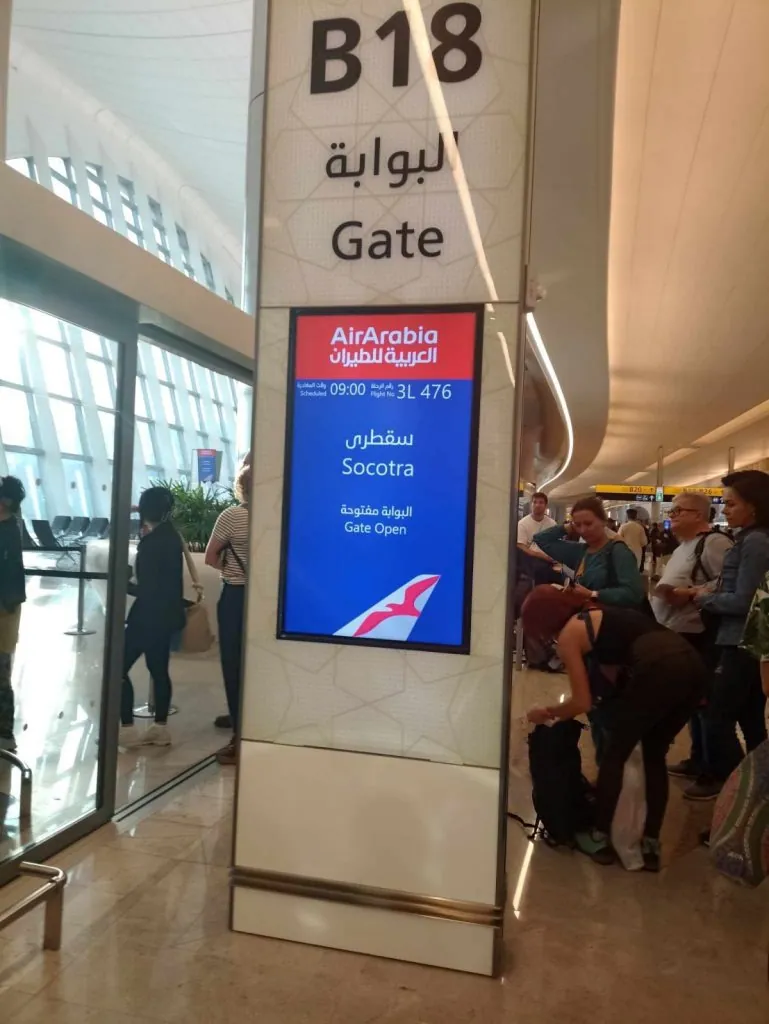
After 1,5 hours the plane lands on the small island of Socotra which is located between Somalia and Yemen, after various visa and entry checks I find my local guide and my 5 fellow travellers.
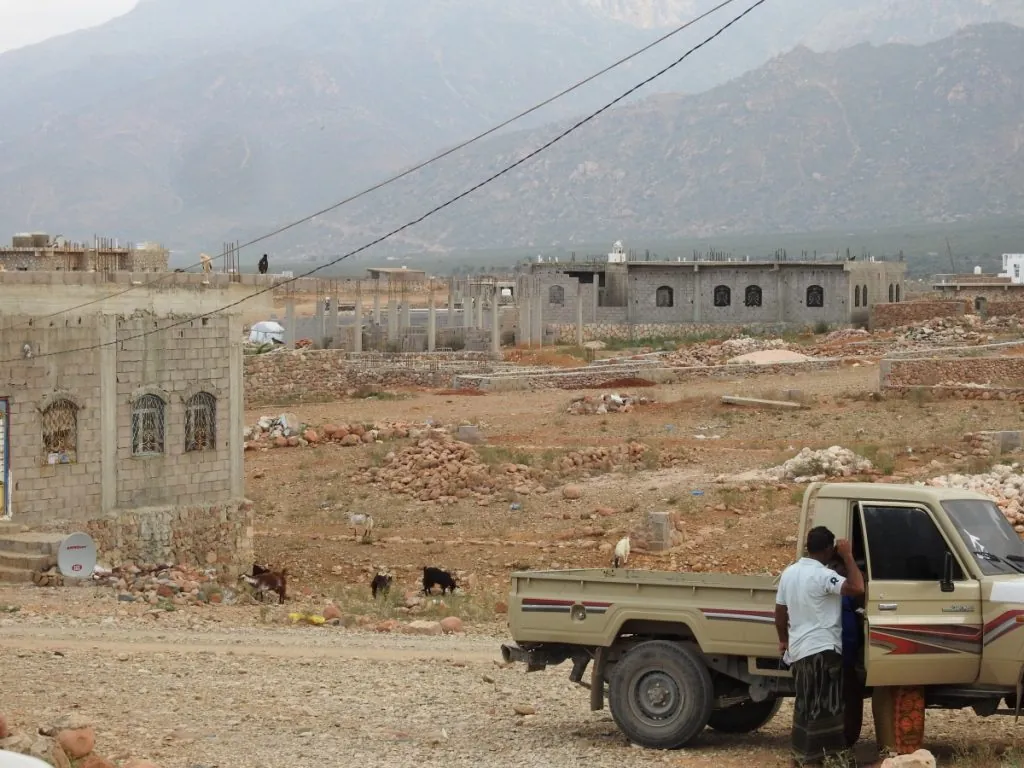
We drive into Hadibo, the main town, and are warmly welcomed by Taylor, one of the co-owners of the local tour company Socotra Specialty Tours.
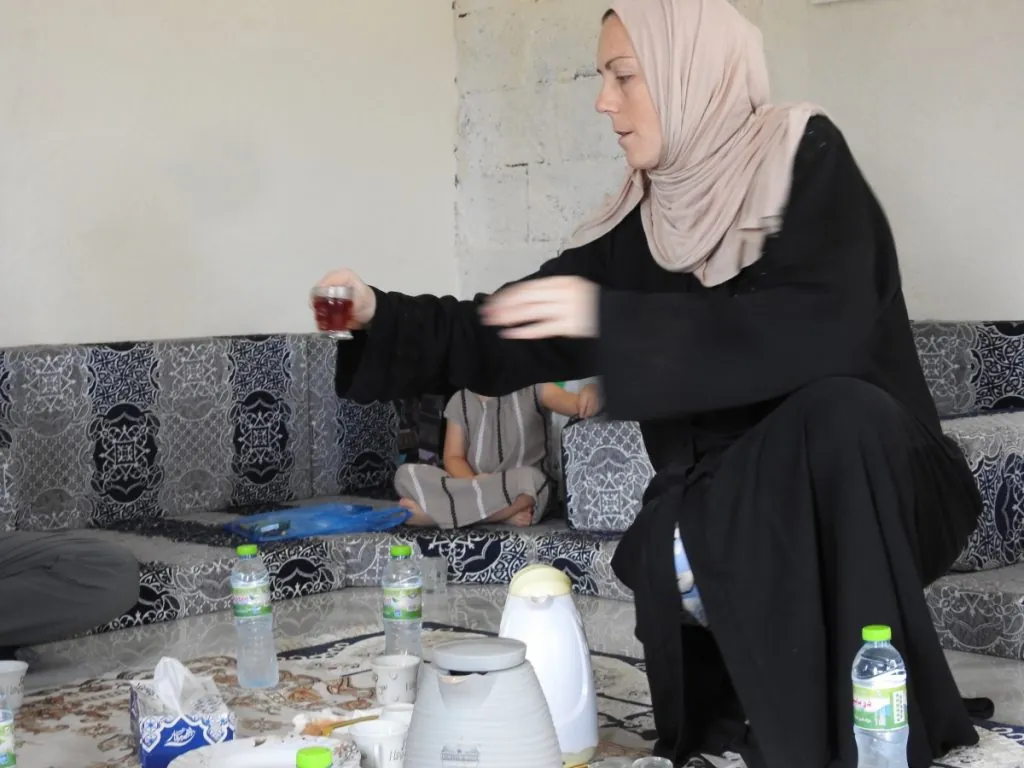
The table is laid but there are no tables in this typical Socotrian home. It tastes good and more!
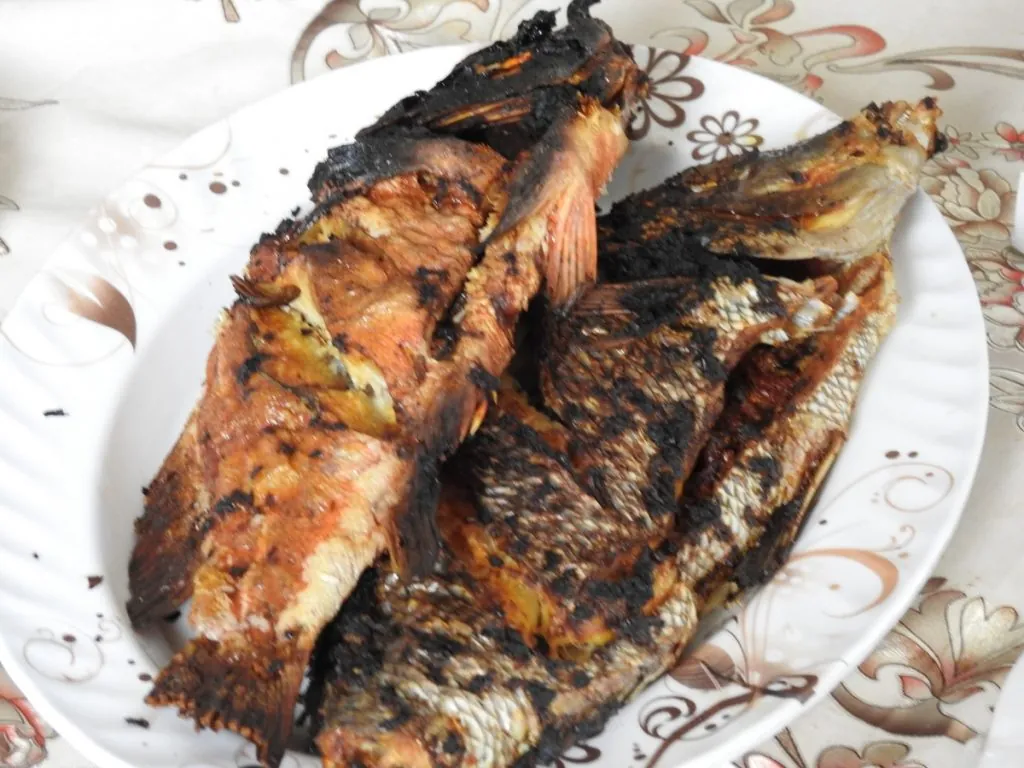
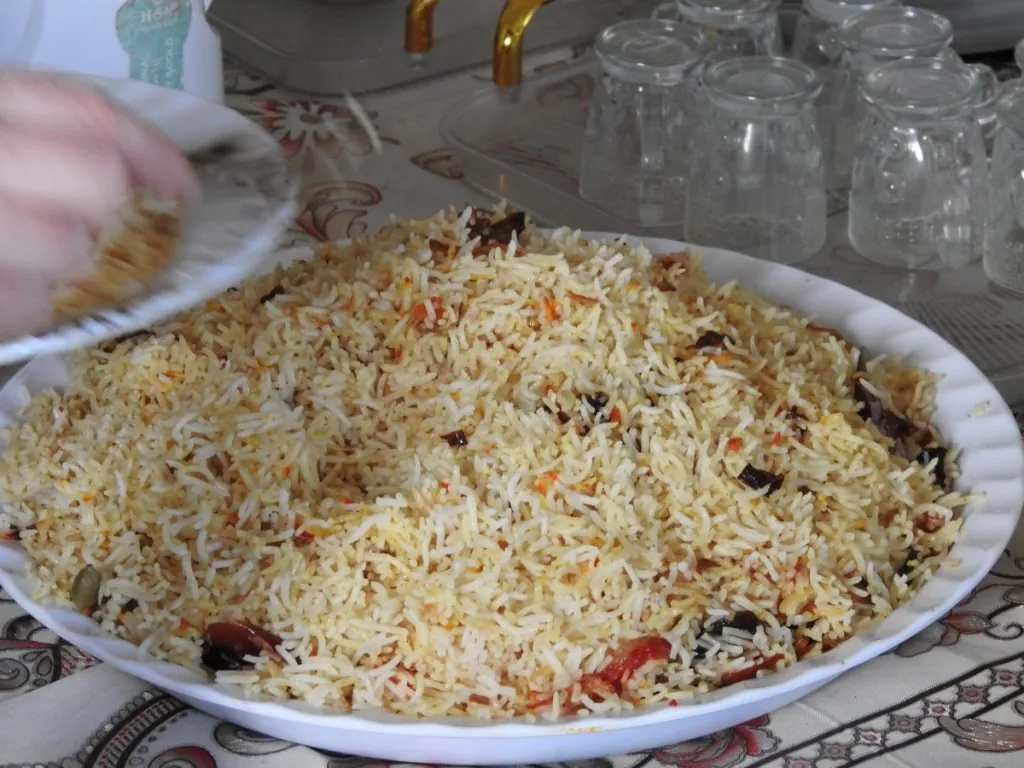
One of Socotra's thousands of goats jumps through the window!
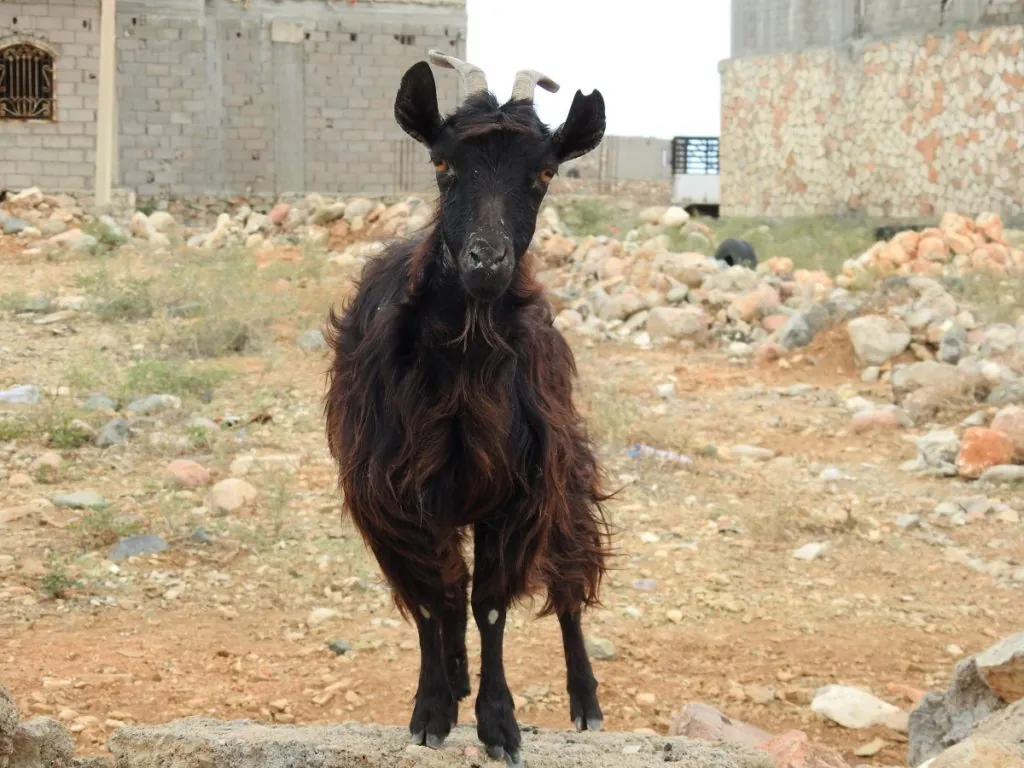
Practicalities are reviewed and we get into 4W jeeps, the journey has undeniably begun.
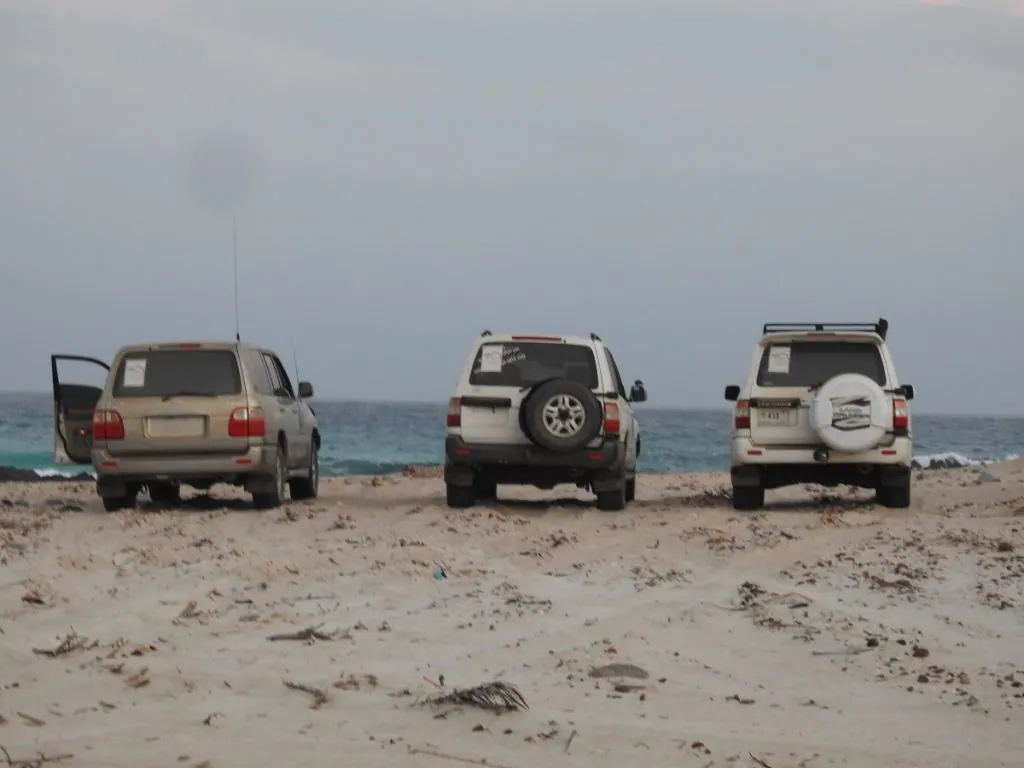
The first night is spent on Arher beach, where huge sand dunes stretch down to the sea.
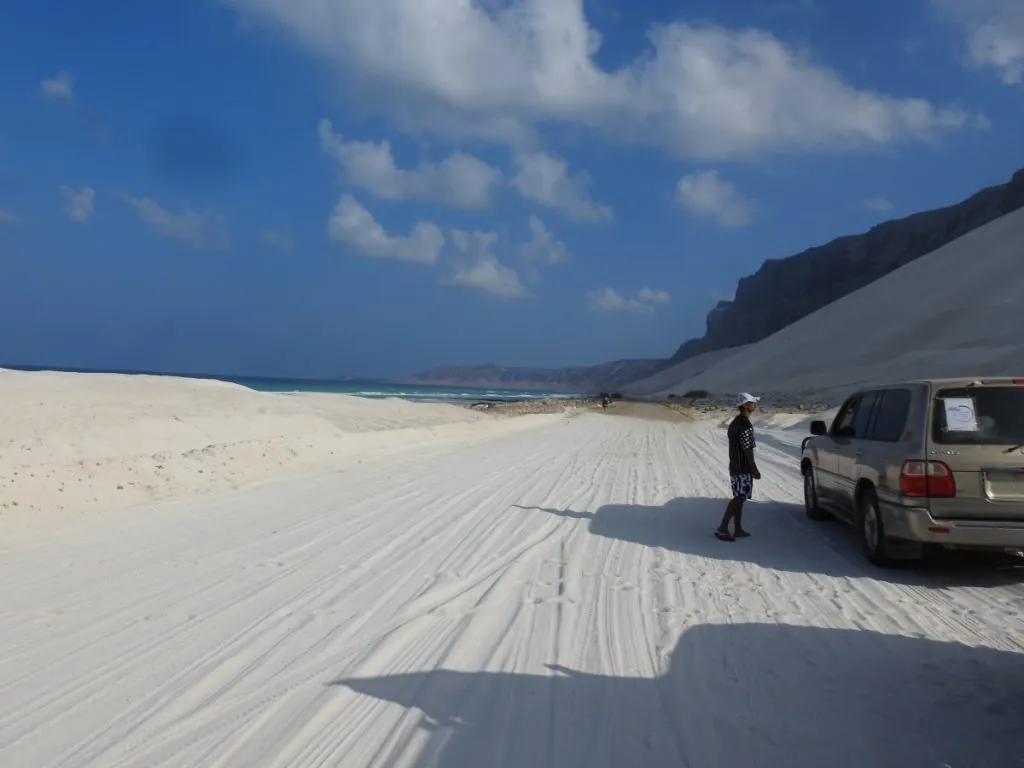
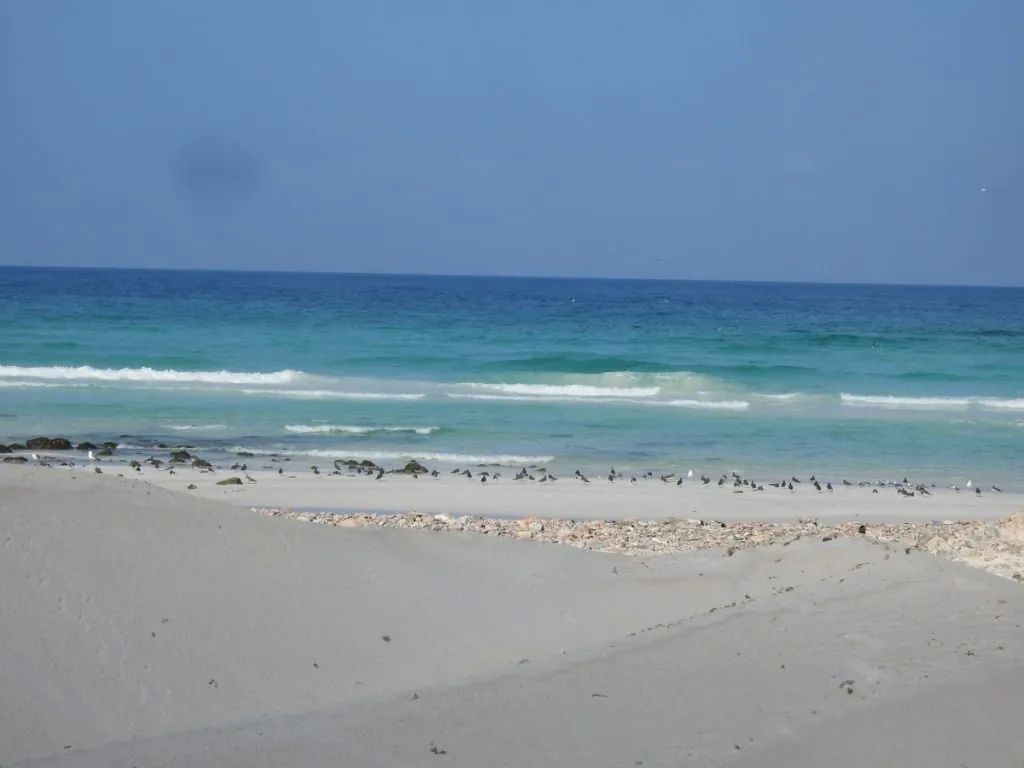
The sand is white and soft and the wind creates swirls and patterns. You could probably sledge down it.
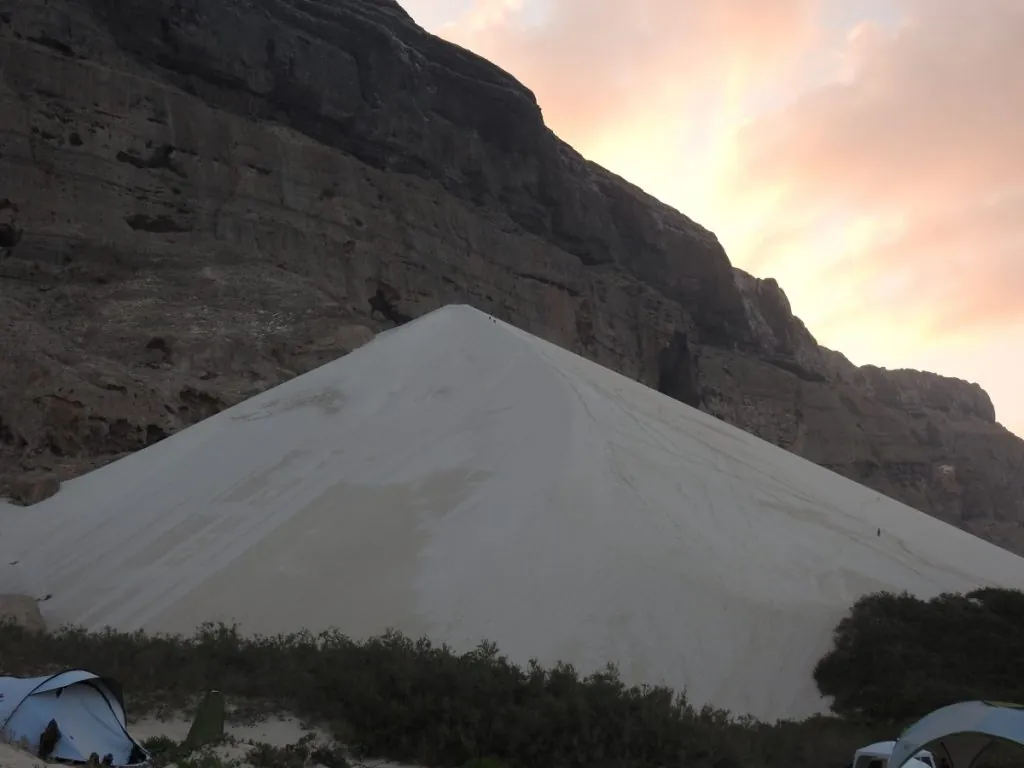
See the dots? They are people!
We meet the sunset before dinner at the camp, getting to know each other. The food is first class; fish, rice, stir-fries and freshly baked bread. The cook is 19 years old.
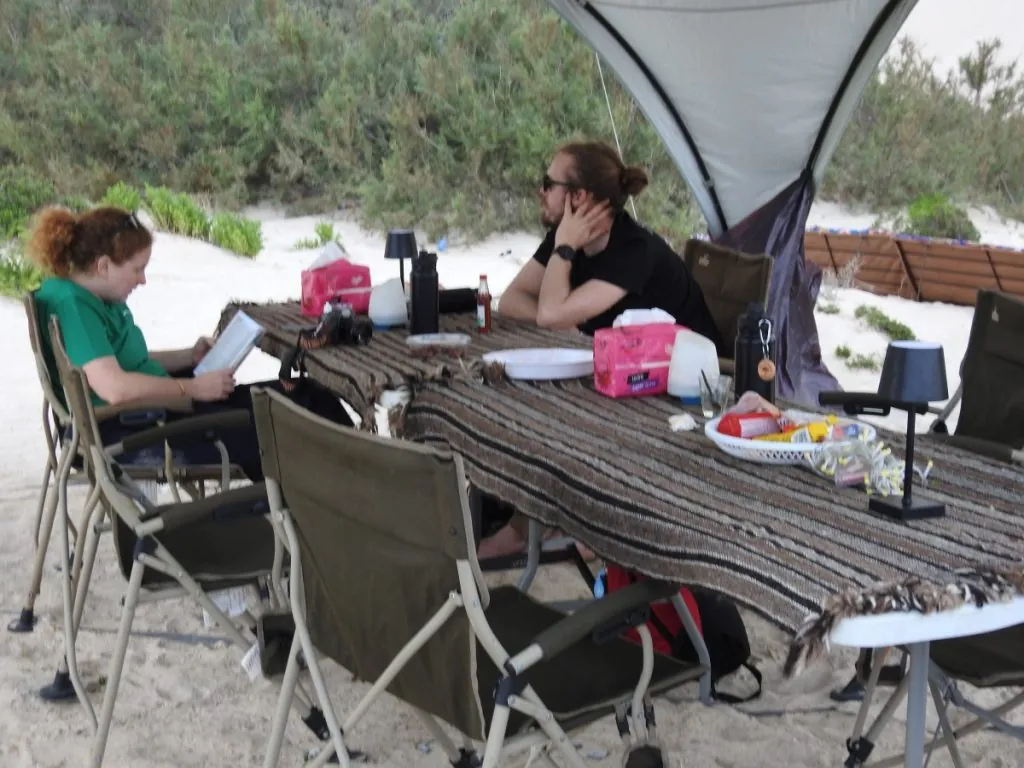
When darkness comes, it's like pulling down a roller blind, there's no neon, no streetlights and no electricity. I fall asleep in my little tent, rocked by the waves of the Indian Ocean.
Day 2: Breakfast overlooking a roaring turquoise sea with a cornflower blue sky. Freshly baked chapati-like breads, fruit, beans, eggs and lots of coffee.
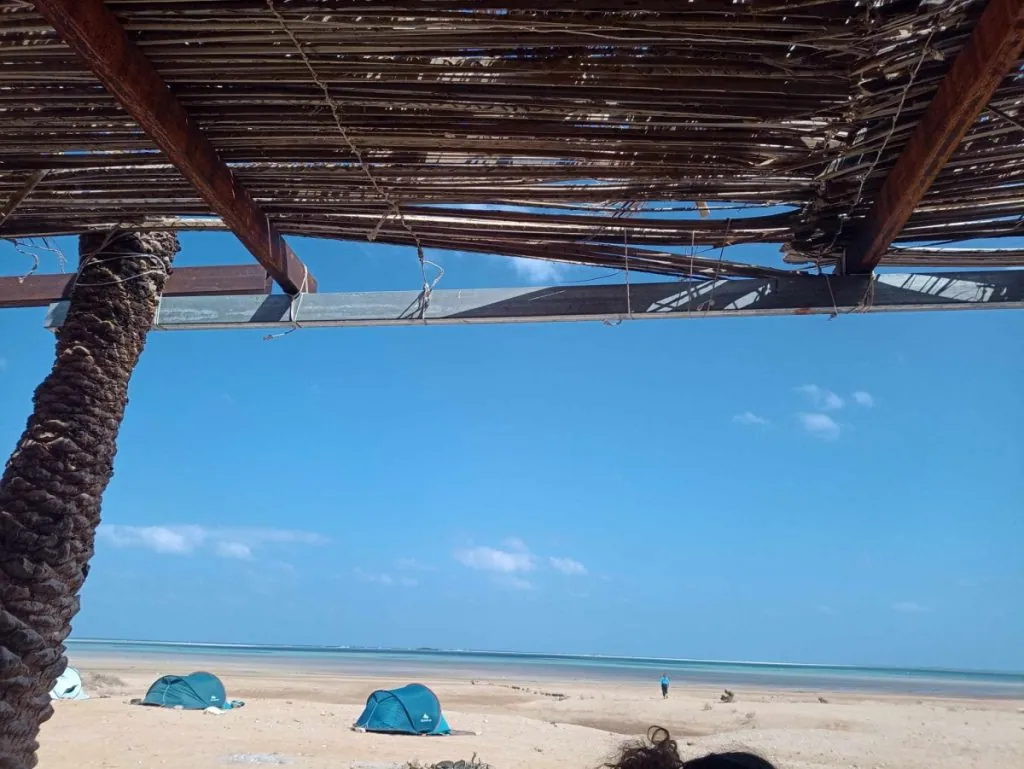
The first programme item of the day is Hoq cave, a limestone cave with stalactites and stalacmites. The cave is 3 km long and a protected area. Ancient inscriptions have also been found here, and work is continuing to explore the cave.
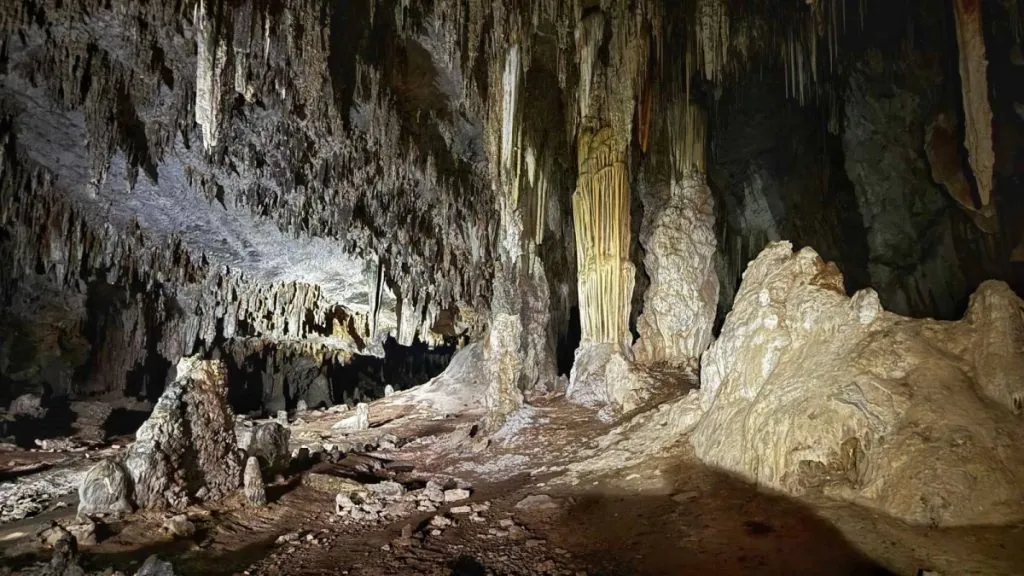
It was going to be a nearly 1.5 hour hike uphill, I started ...
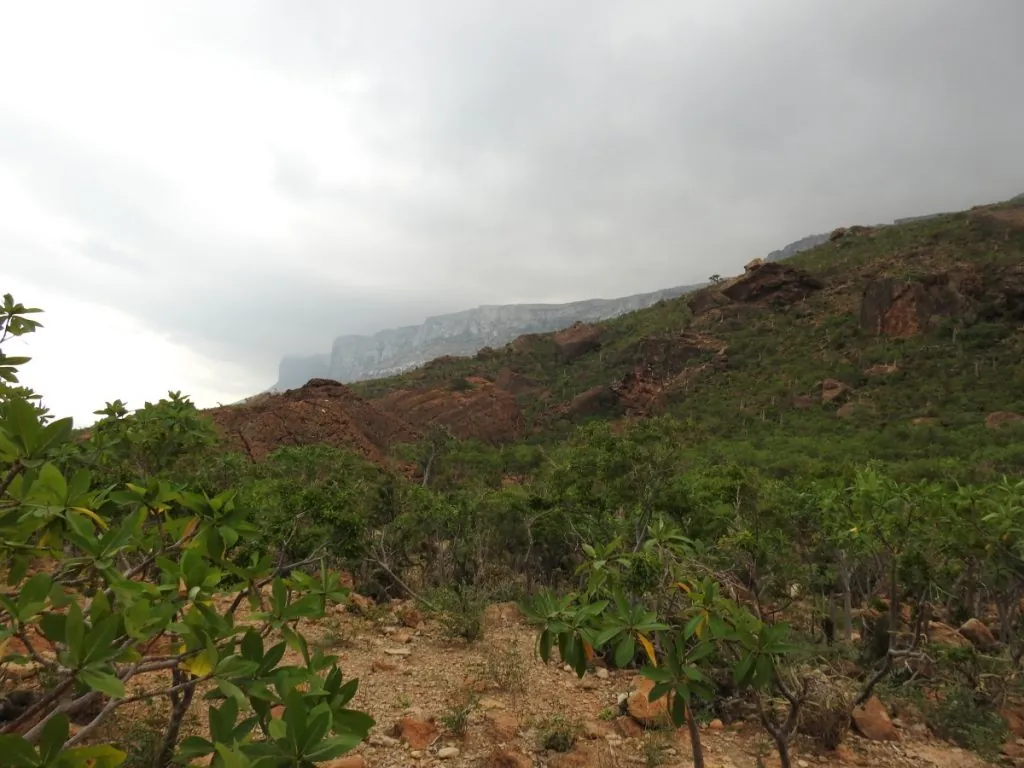
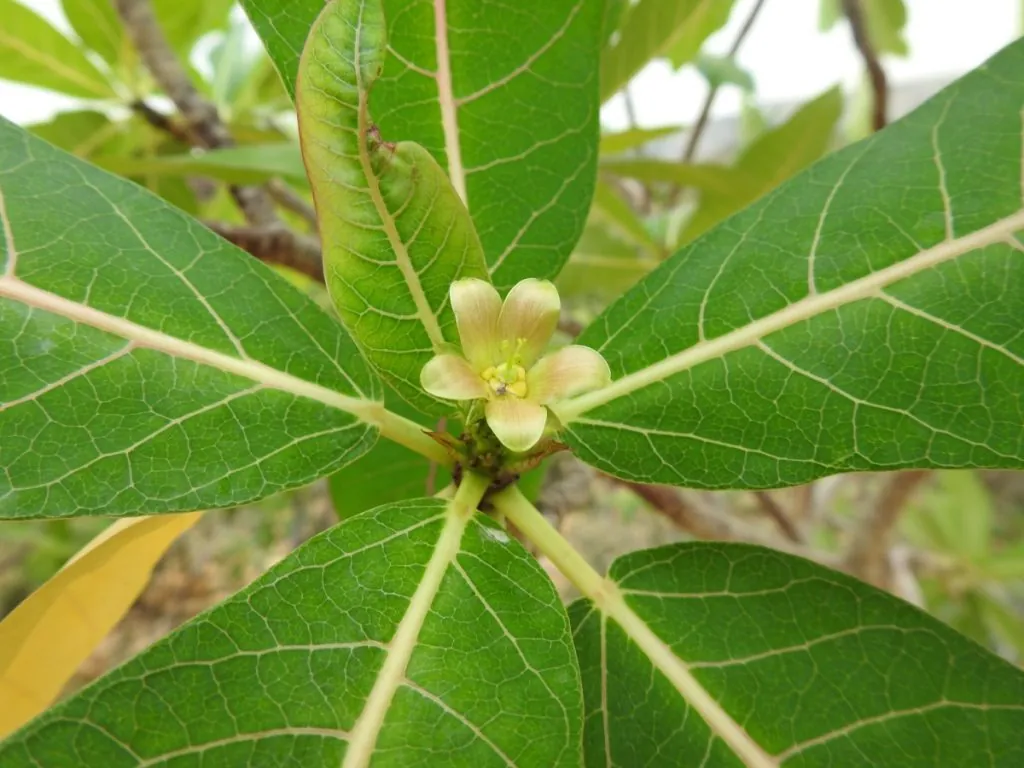
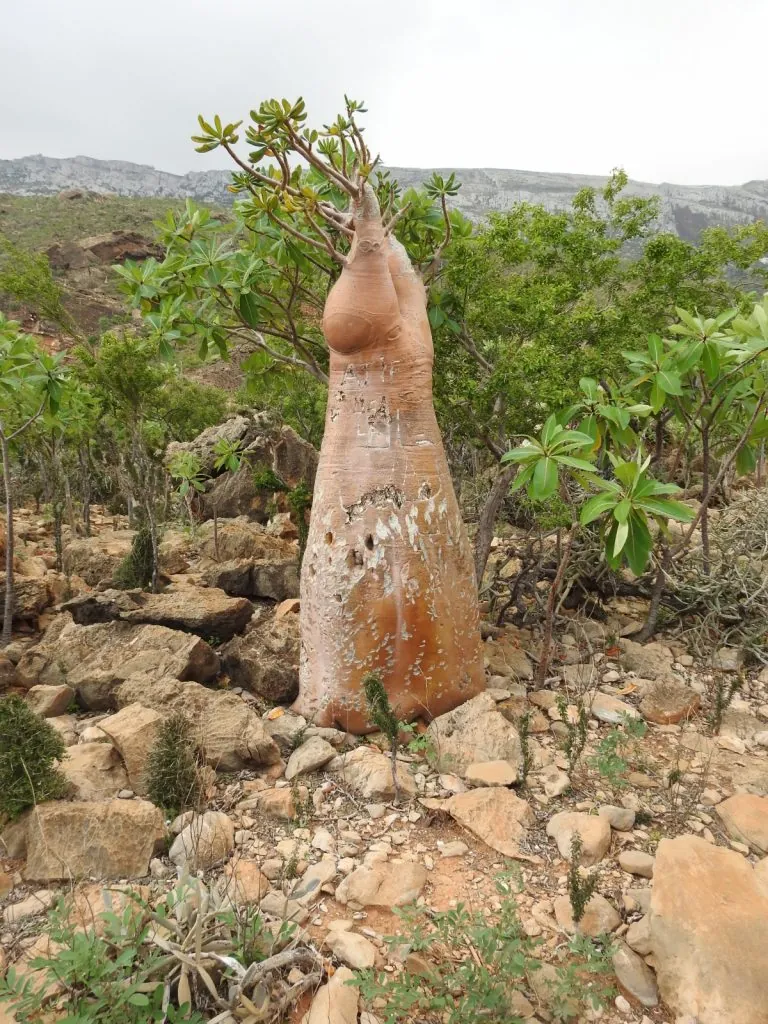
After 30 minutes of panting and climbing over rocks and cliffs, I give up and realise that even I have my physical limitations. Too bad, too damn bad.
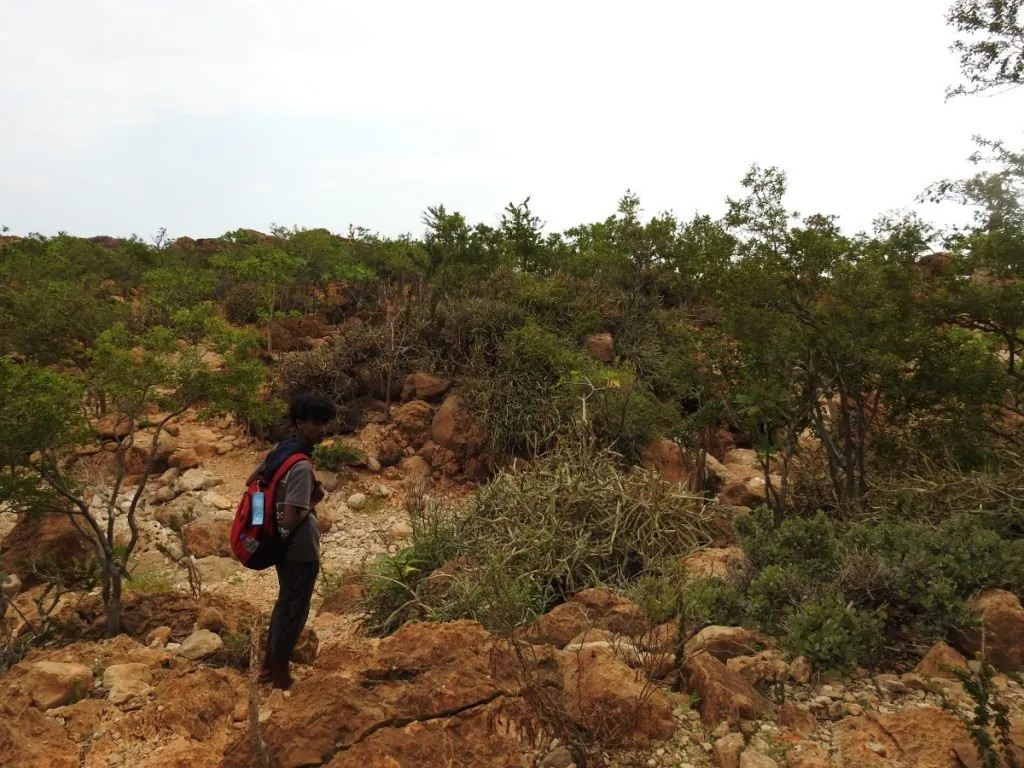
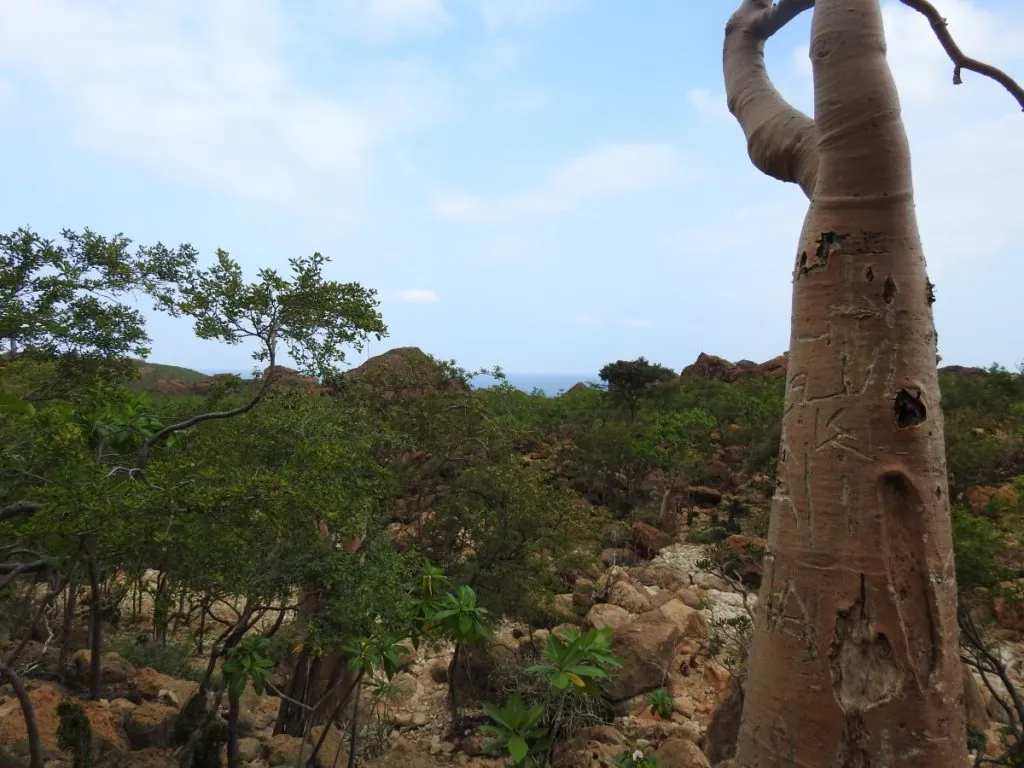
I stumble back down, cucumber trees and desert roses line the path, I rest for a while and walk to a nearby village followed by every village kid.
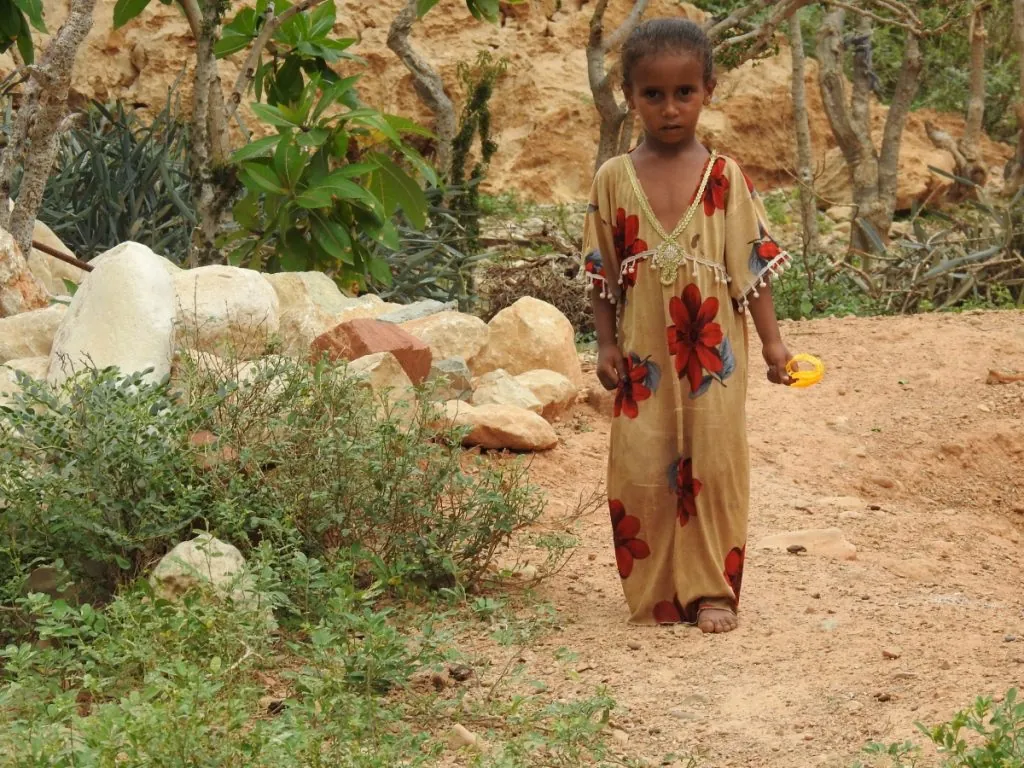
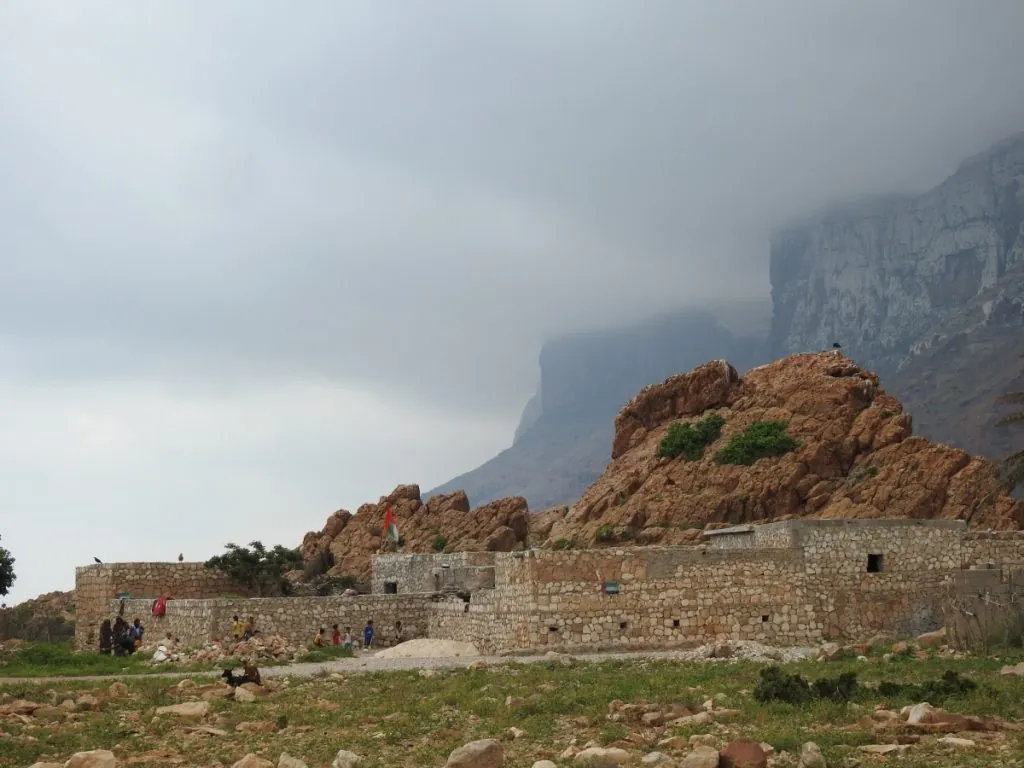
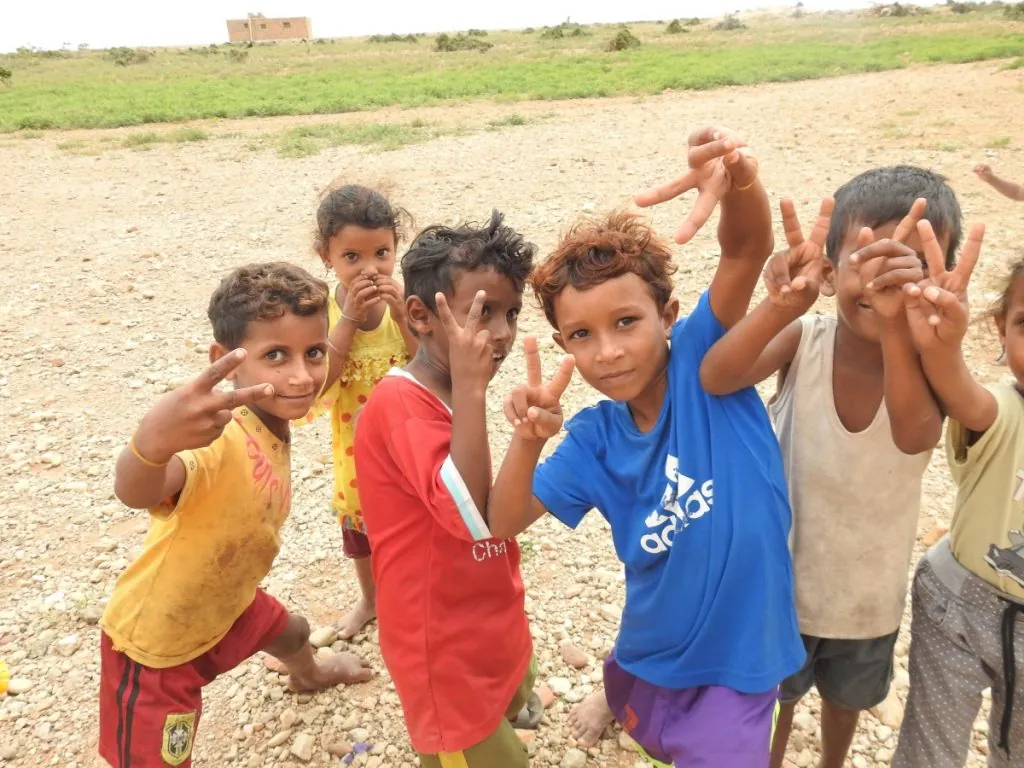
Children practise their English:
-What's you name? What's your name?
They hand over drawings and we speak the best language in the world: body language.
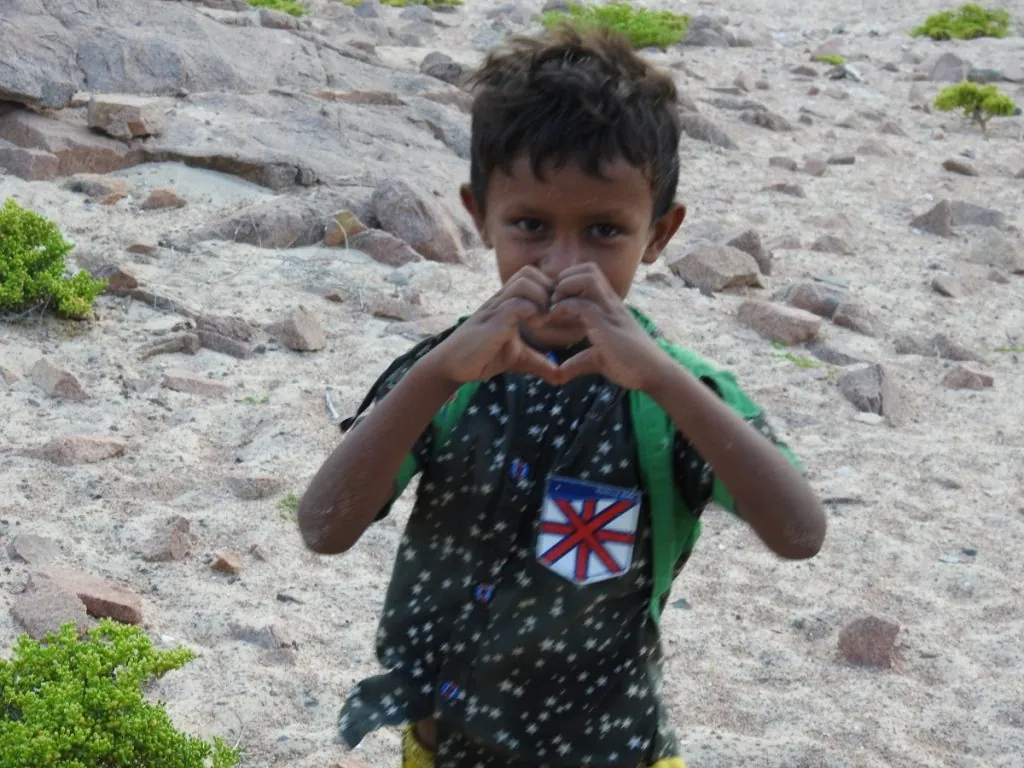
A woman invites me into her home, she shows me her living room with mattresses and cushions, the outdoor cooking area and a tidy and pleasant courtyard. Time has stopped and I see that they have a different kind of wealth despite the lack of money.
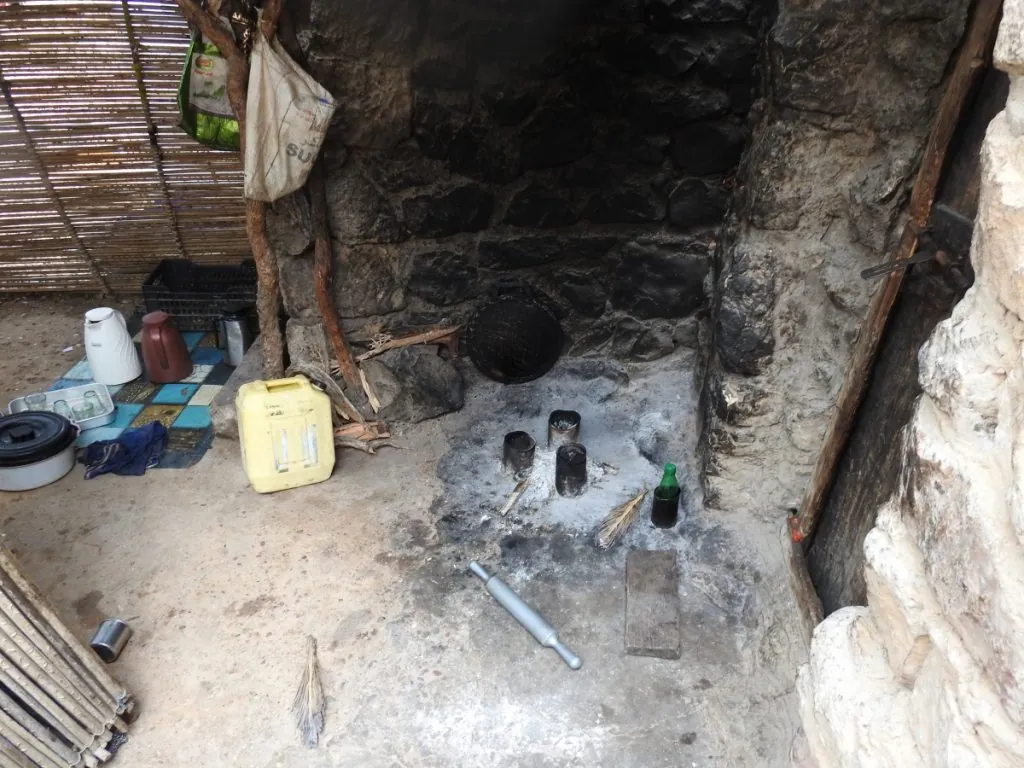
Children and men are more than happy to be photographed, getting a photo of a woman proves difficult and of course it is respected. There is something ethically beautiful about the people here, a glimmer of natural beauty. Perhaps it is the way to live simply, without much influence from the stressed part of the world I come from.
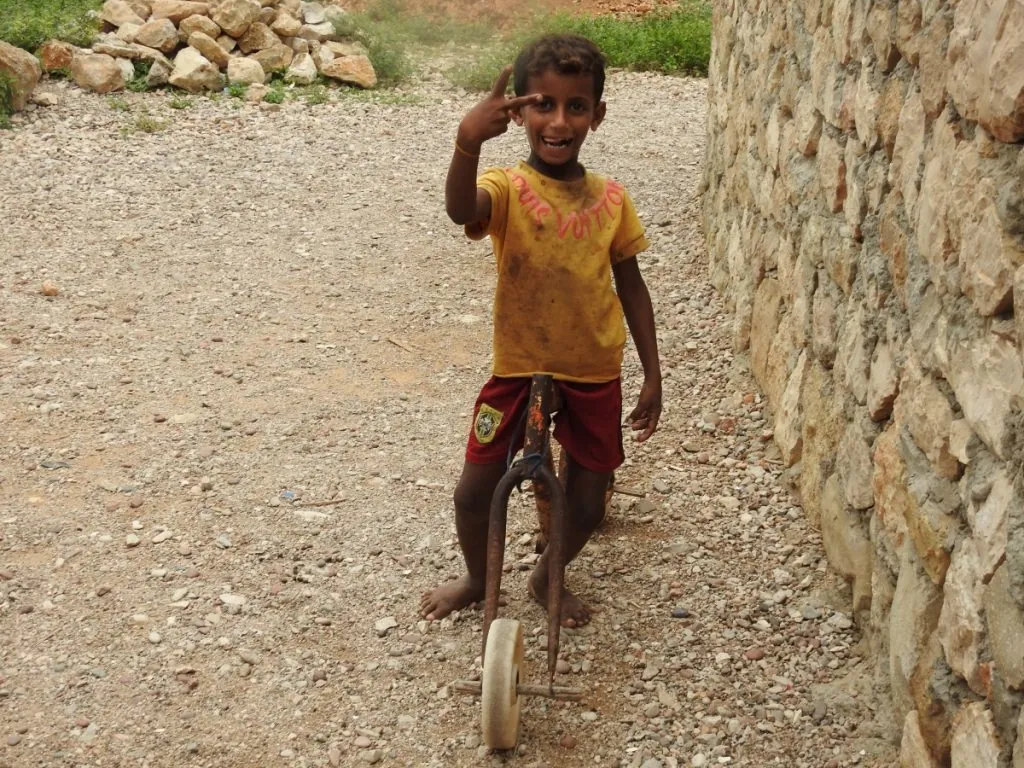
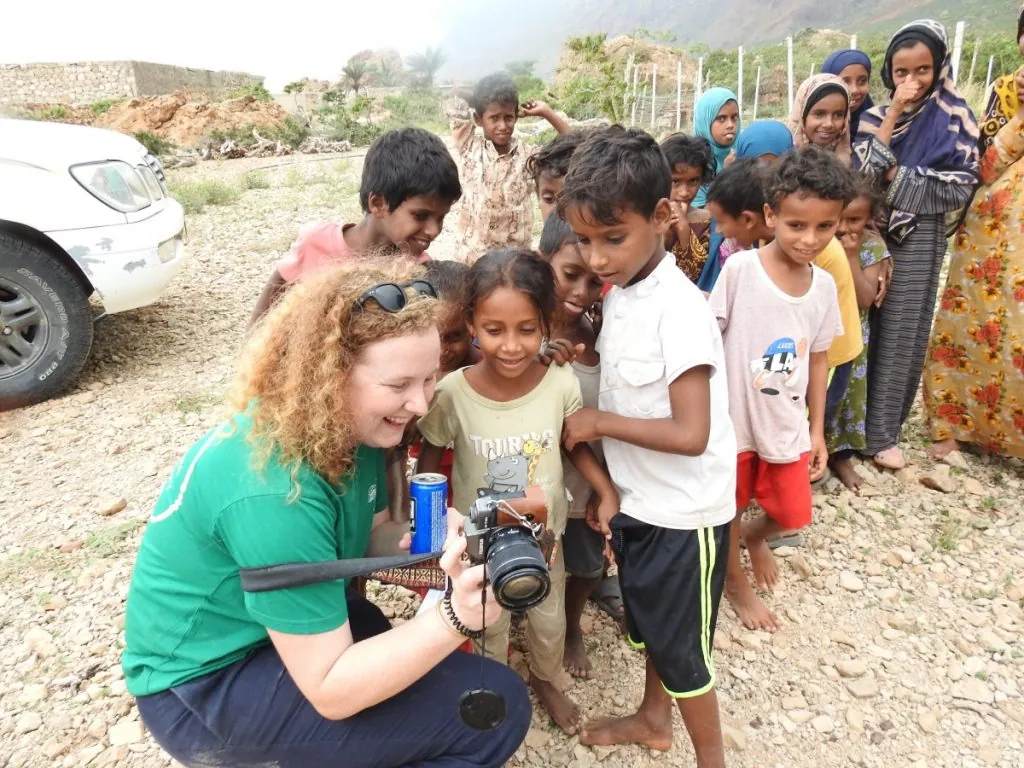
In Socotra, polygamy is common, up to three wives. In rural areas, arranged marriages are common. The number of children per family is around 5 or more.
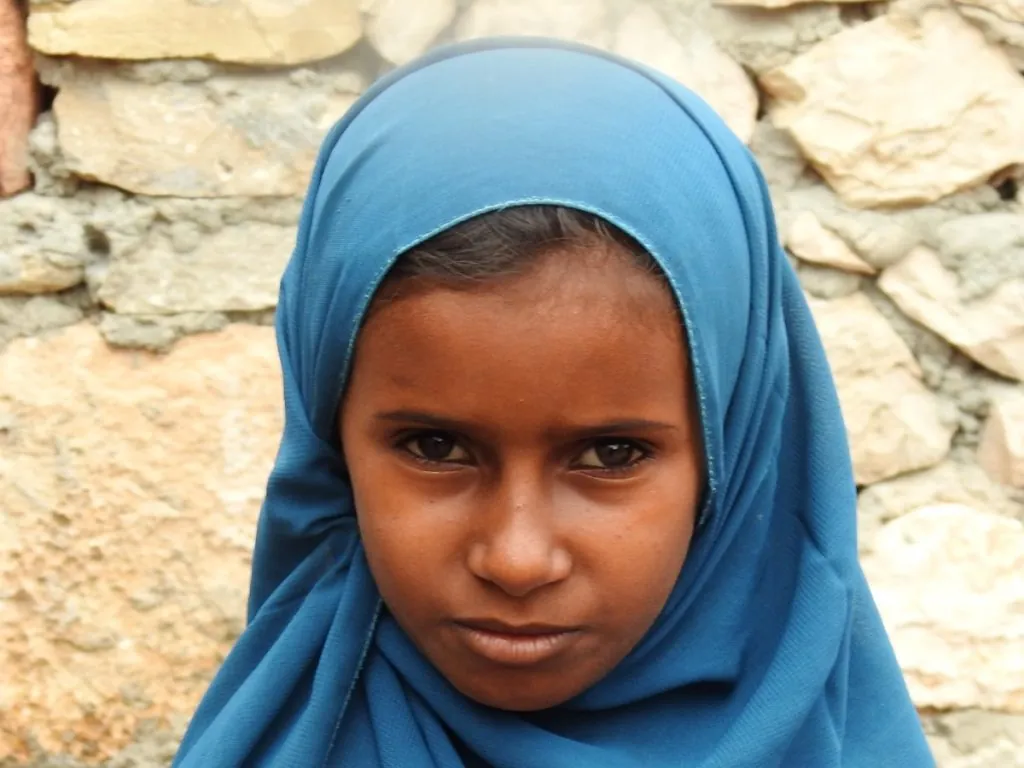
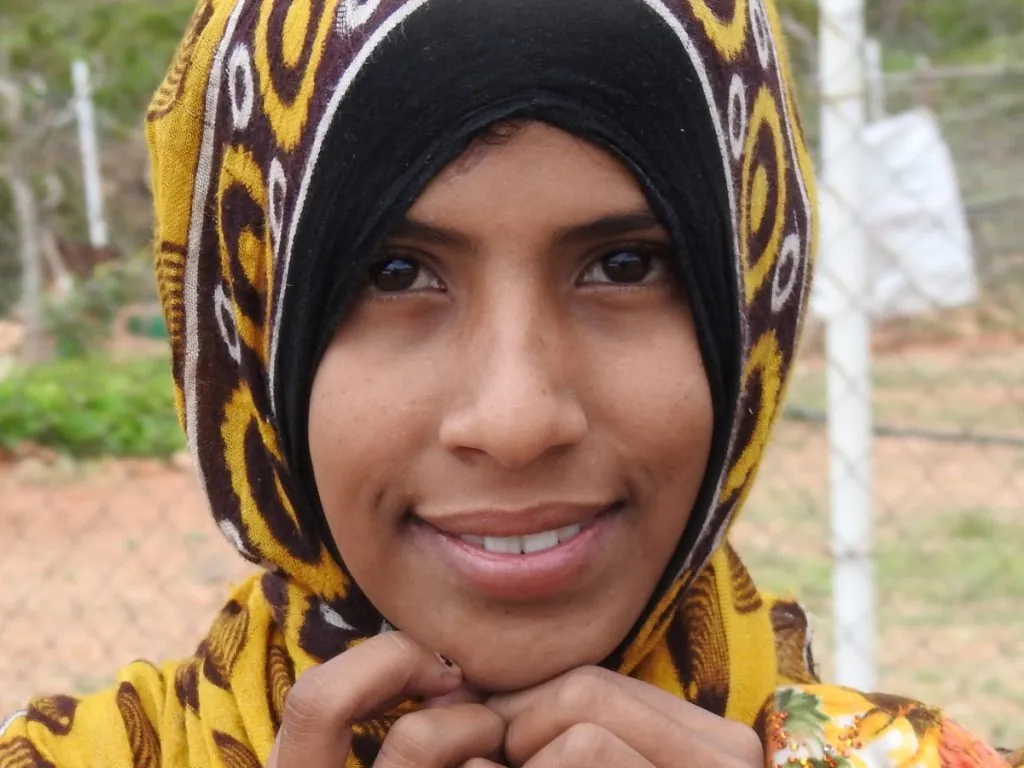
A man comes with a bunch of fish, a boy with an octopus, the day's food is caught. You fish with a net, reef or speargun, both day and night fishing.
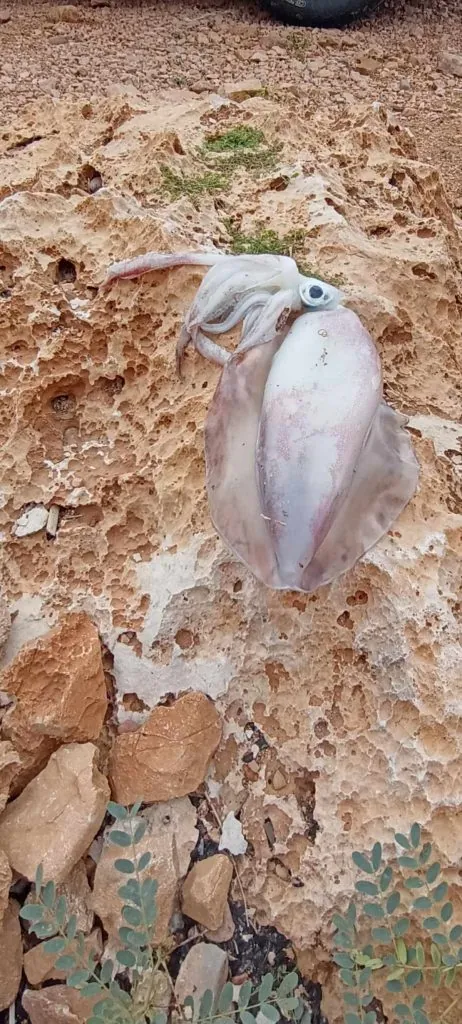
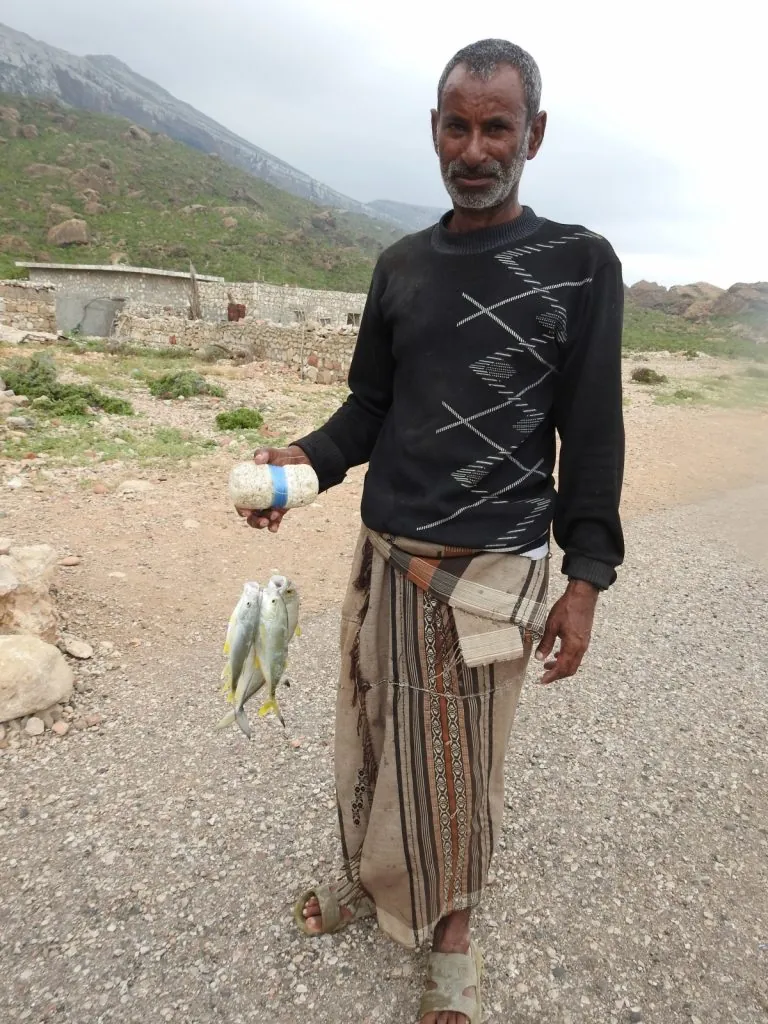
On the coast, people live on what the sea provides, goats and what little they can grow. The rest of the supplies are imported from the mainland.
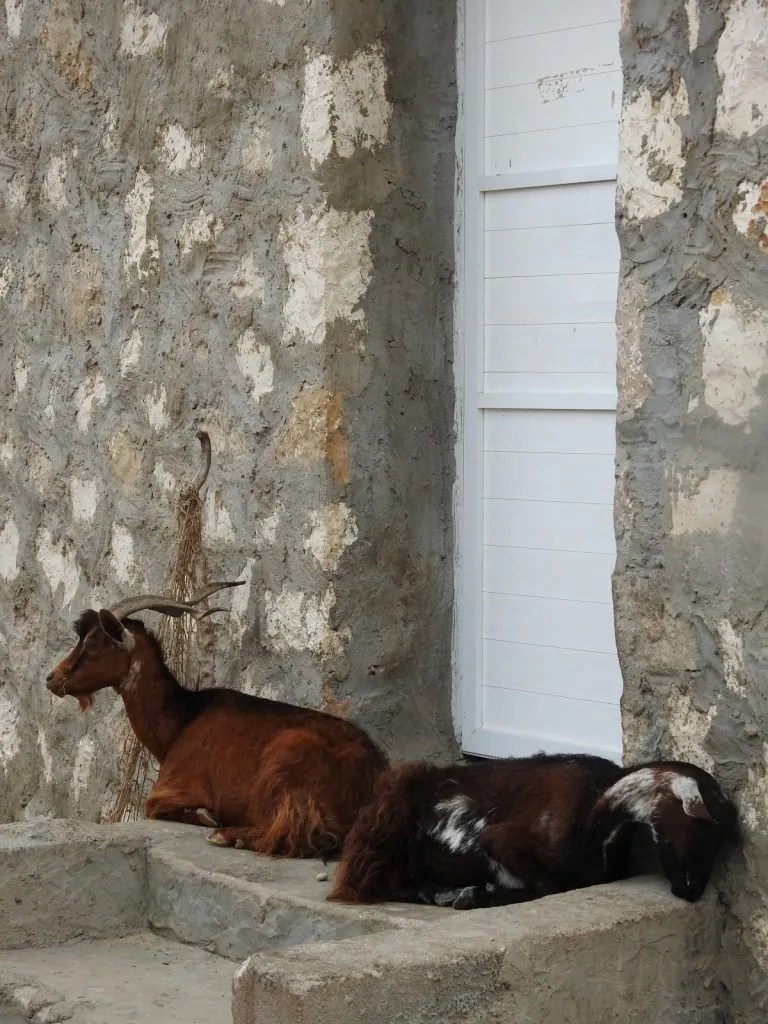
The dirt vultures are watching us with their eyes... They know what they're doing.
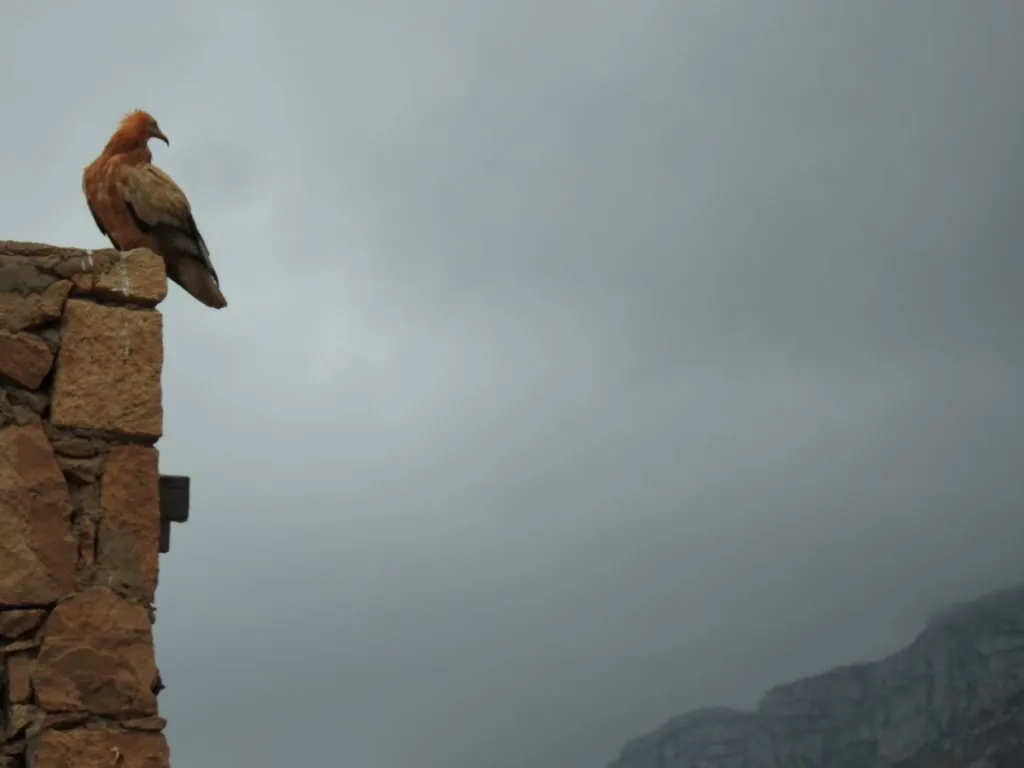
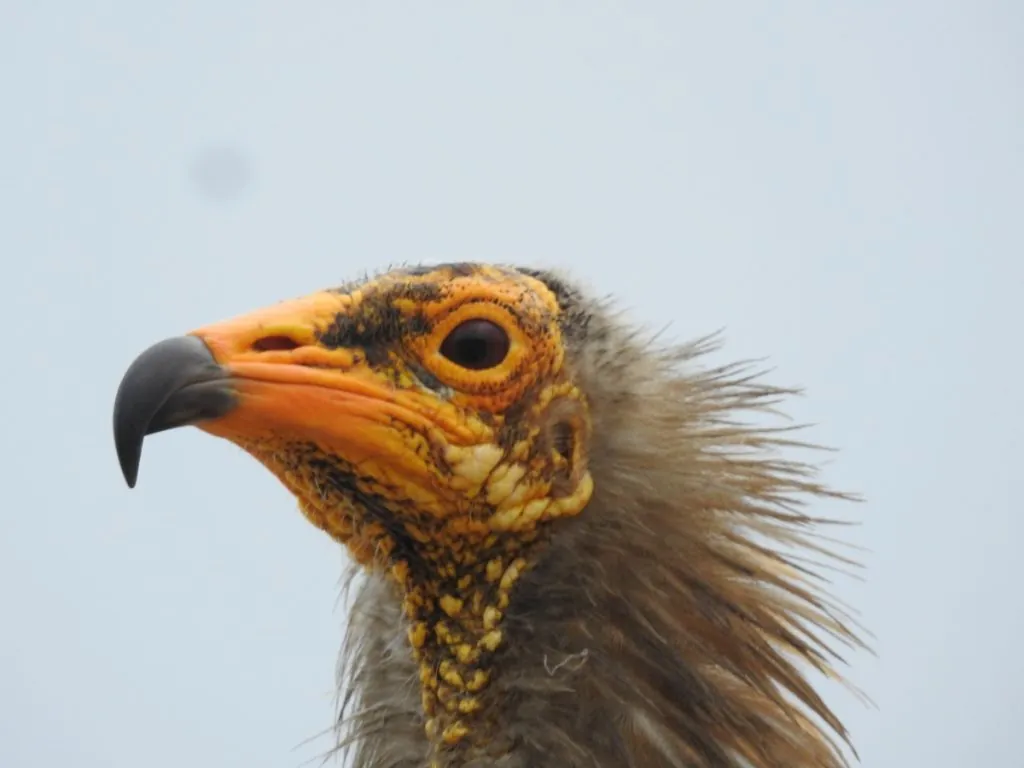
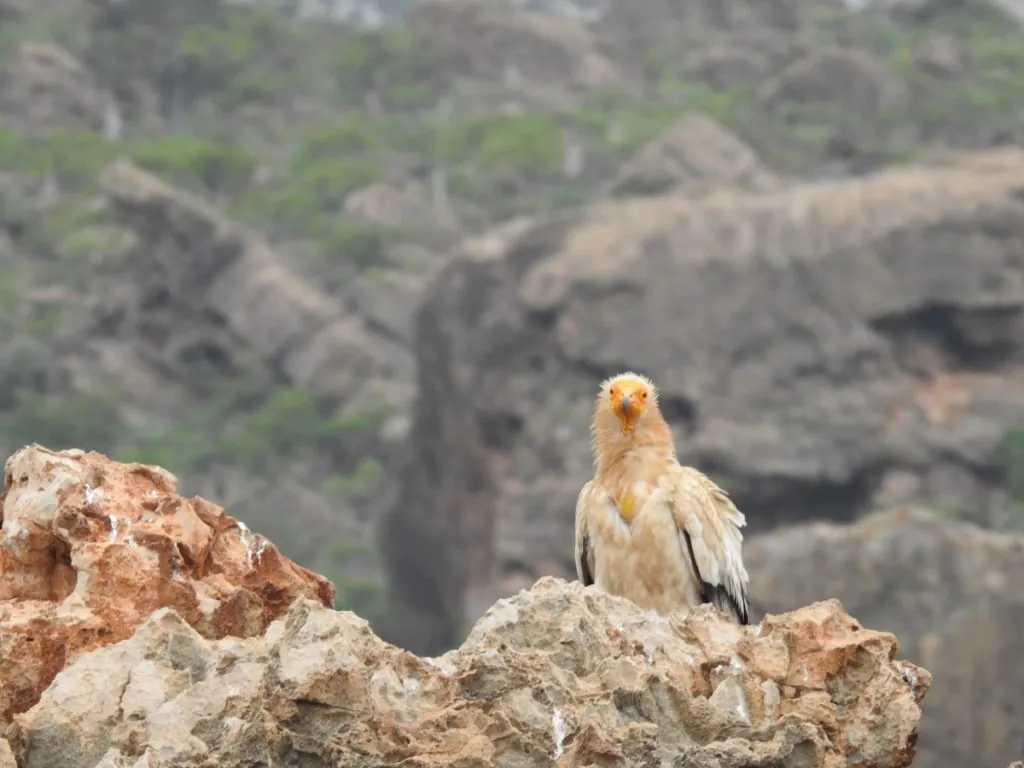
The rest of the group comes back, muddy but with an amazing experience richer that they are well deserved.
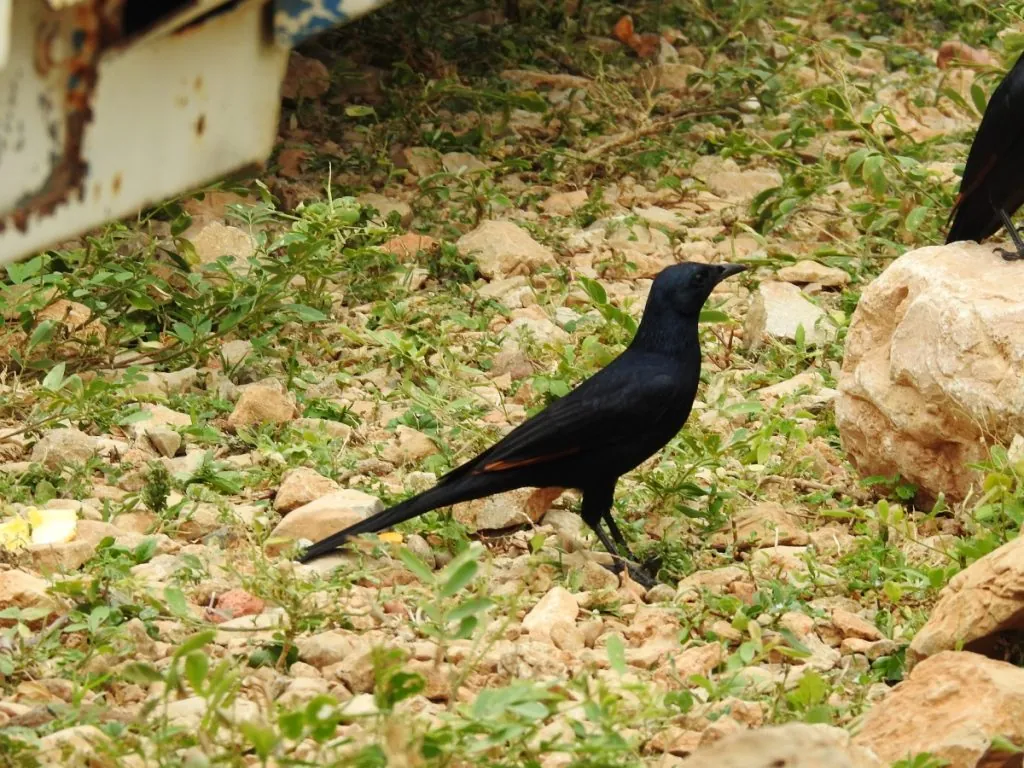
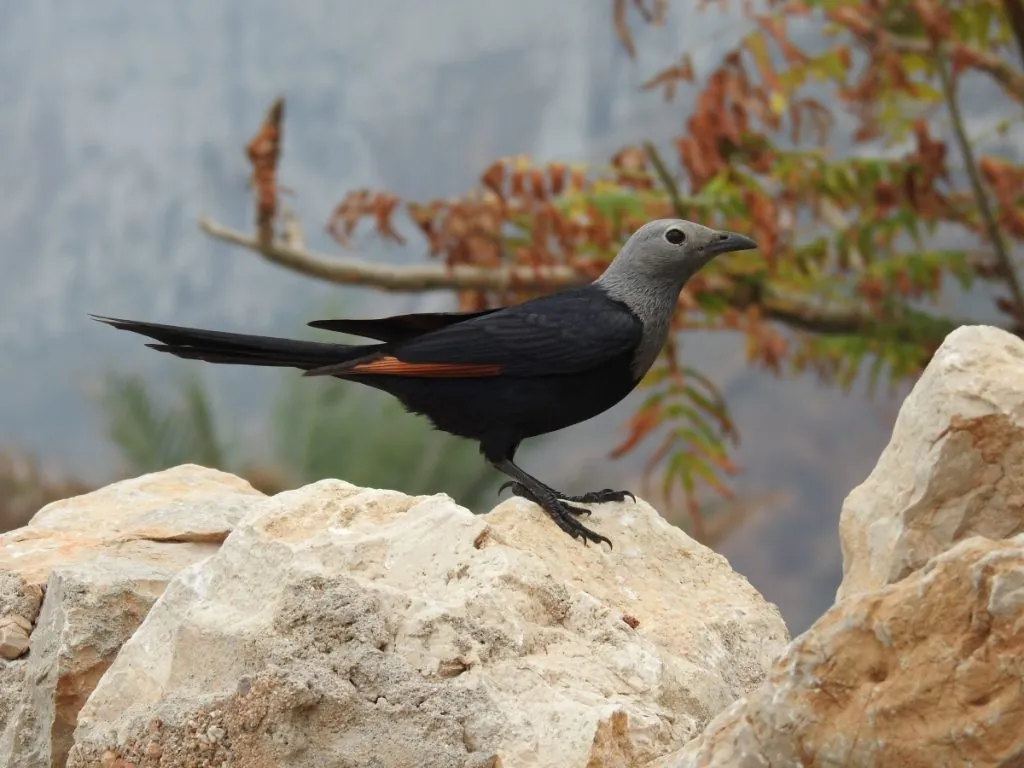
We head out to the eastern tip, near the village of Erissel.
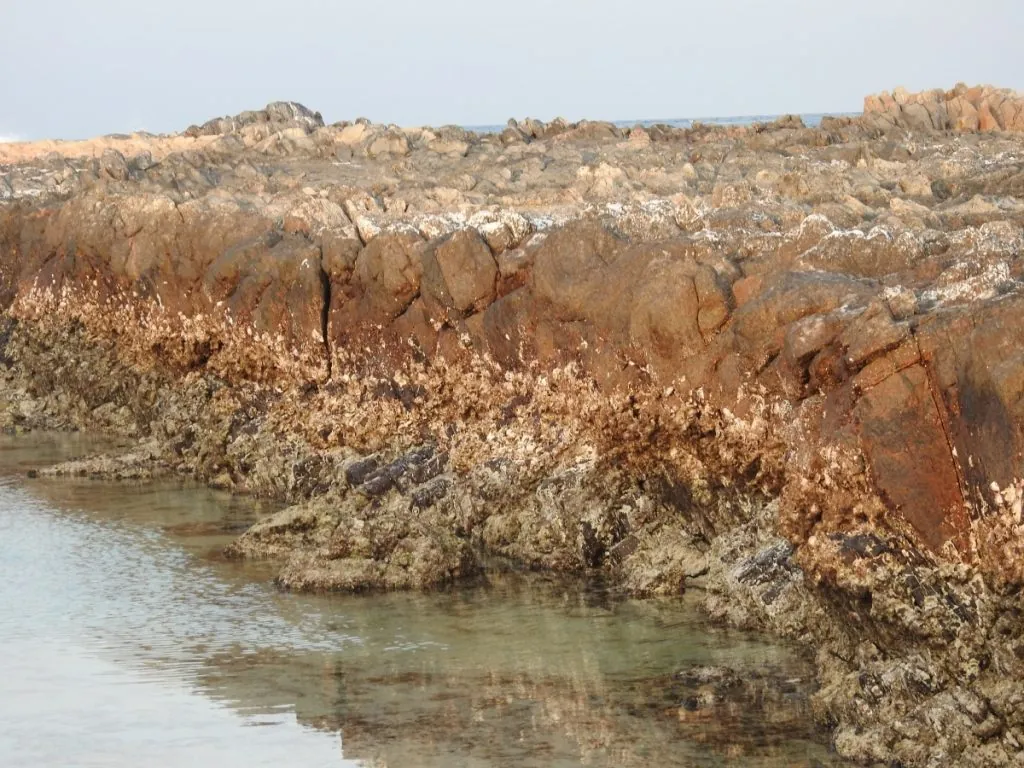
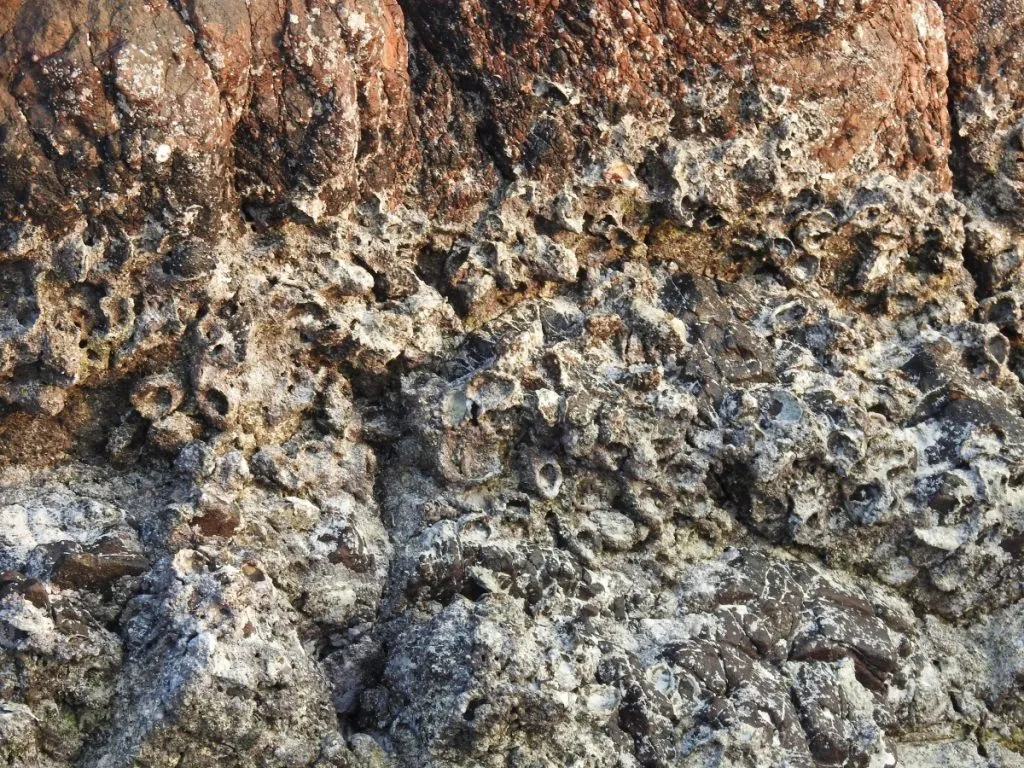
The beach is just full of different shells and mussels and I want to pack my back full but nope, export is not allowed, neither of shells nor definitely not plant material. At Socotra, the vulnerable nature and its many endemic species are protected.
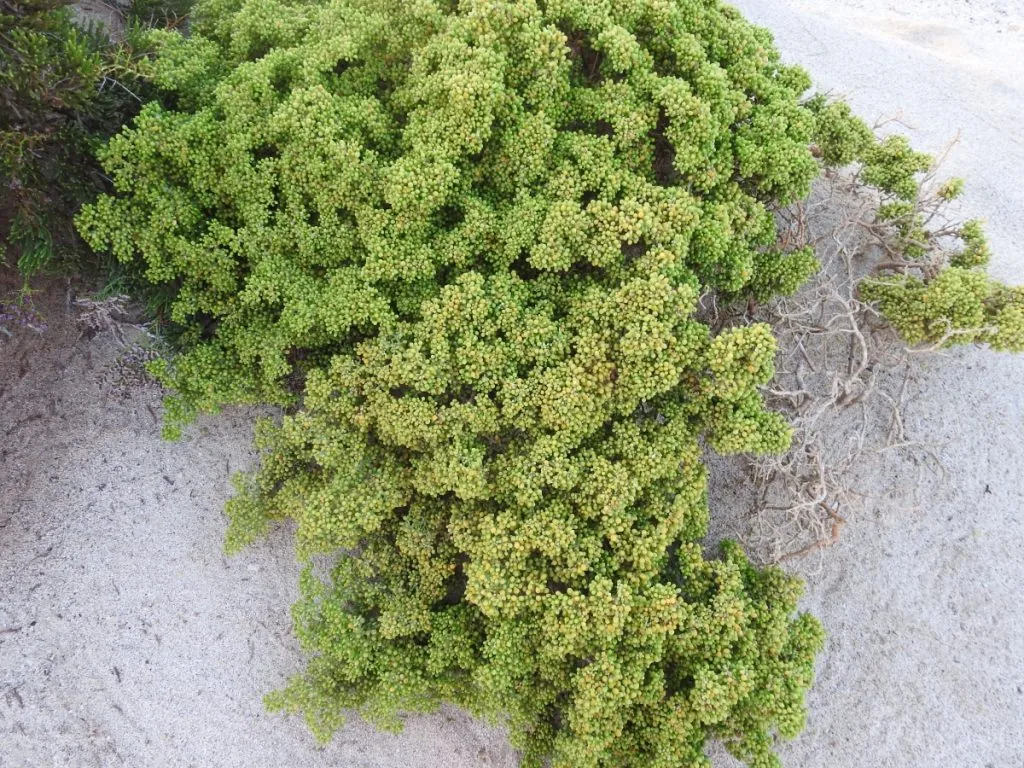
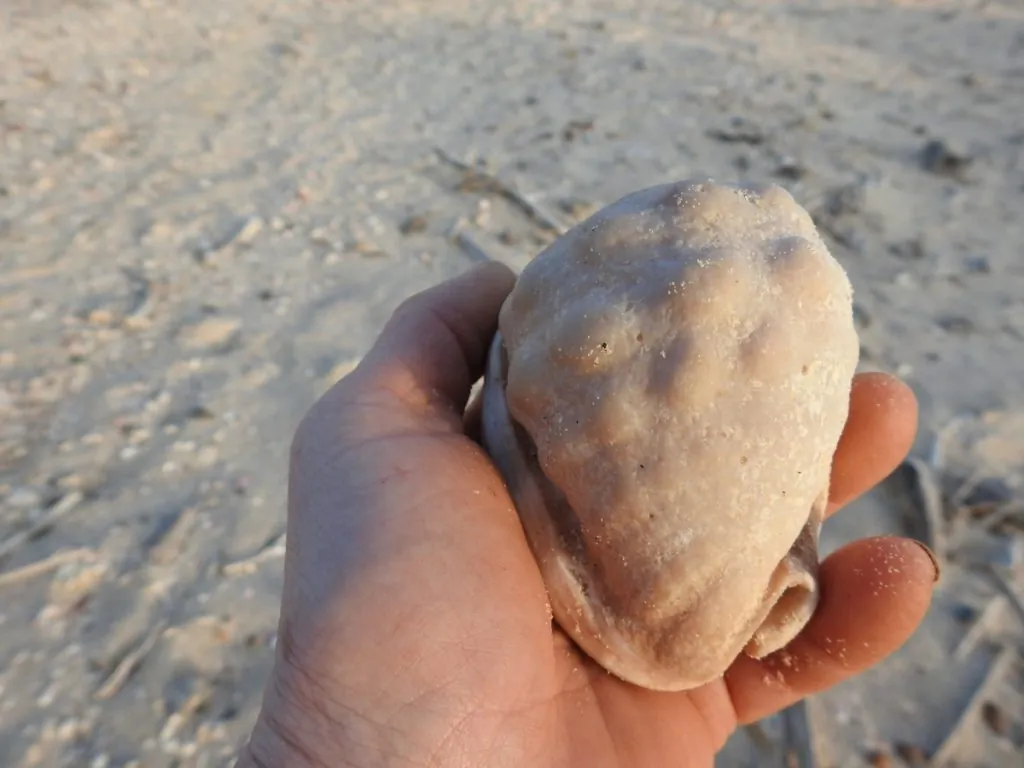
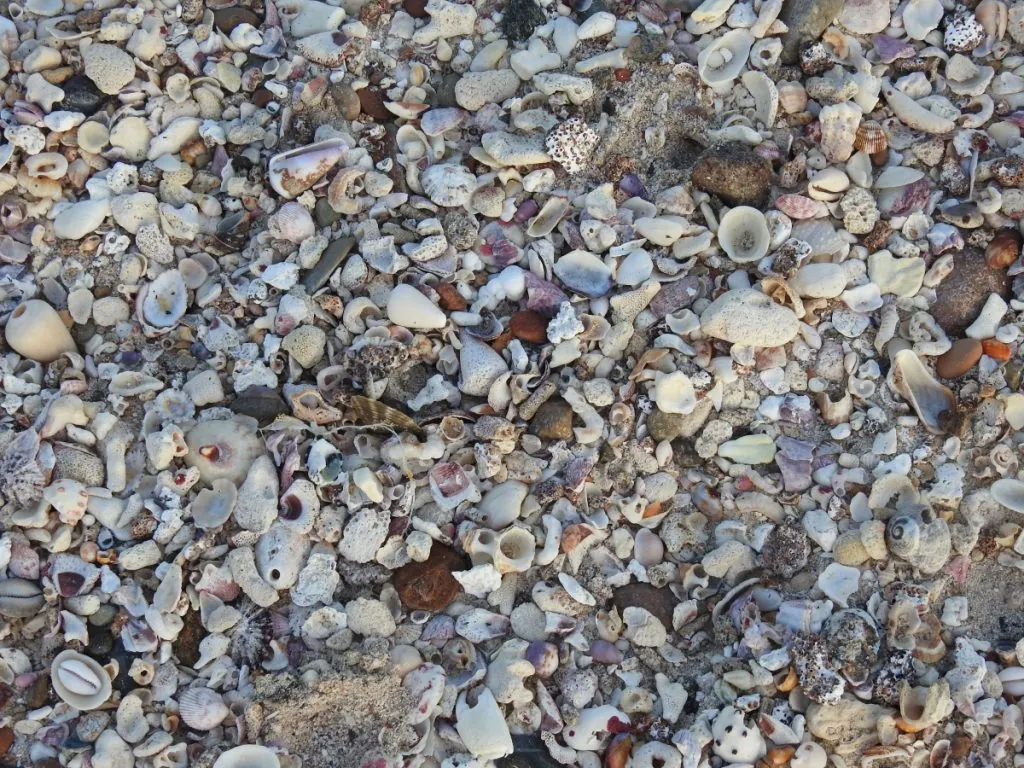
I find part of a whale spine, what a find.
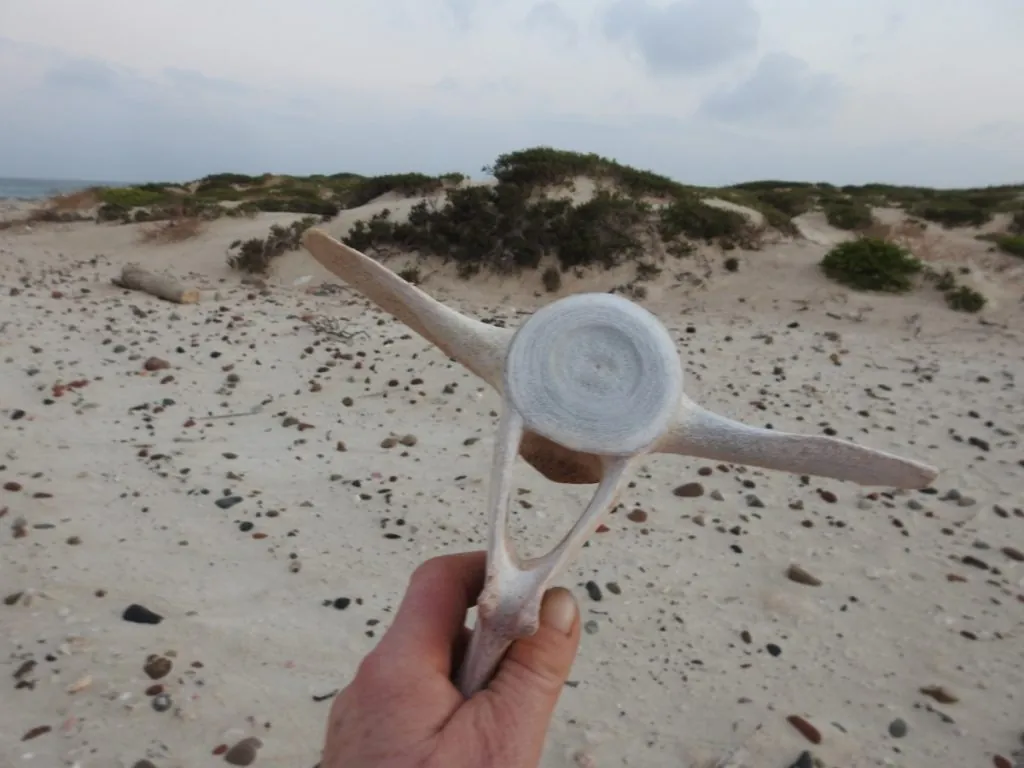
The sun falls into the sea.
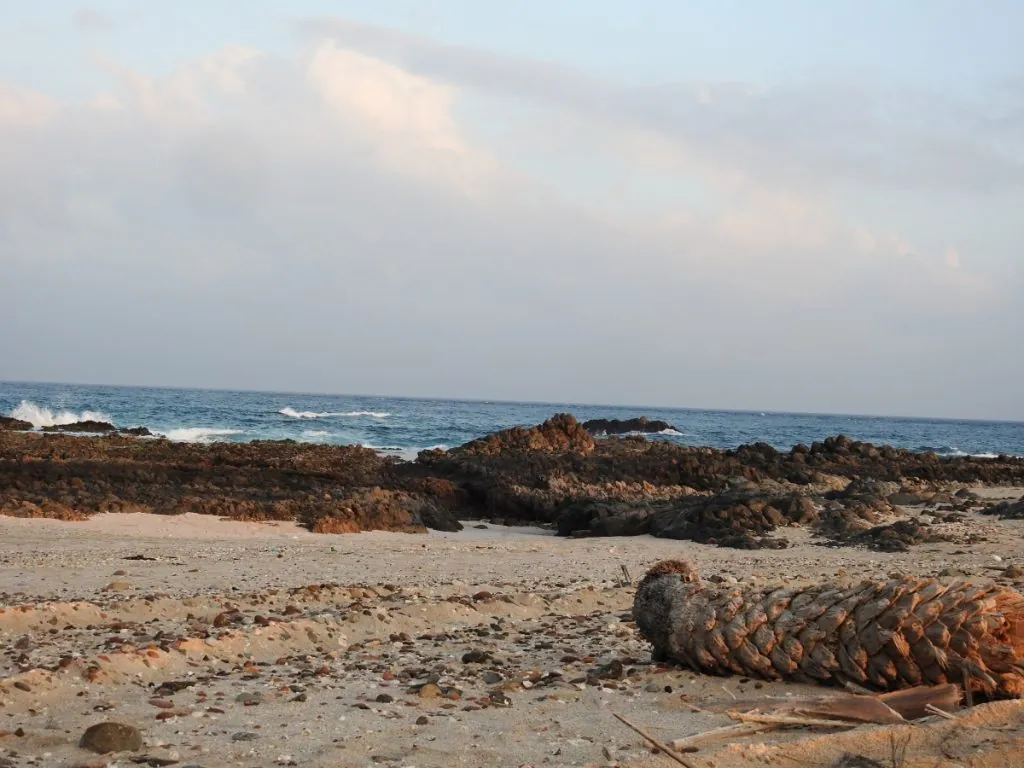
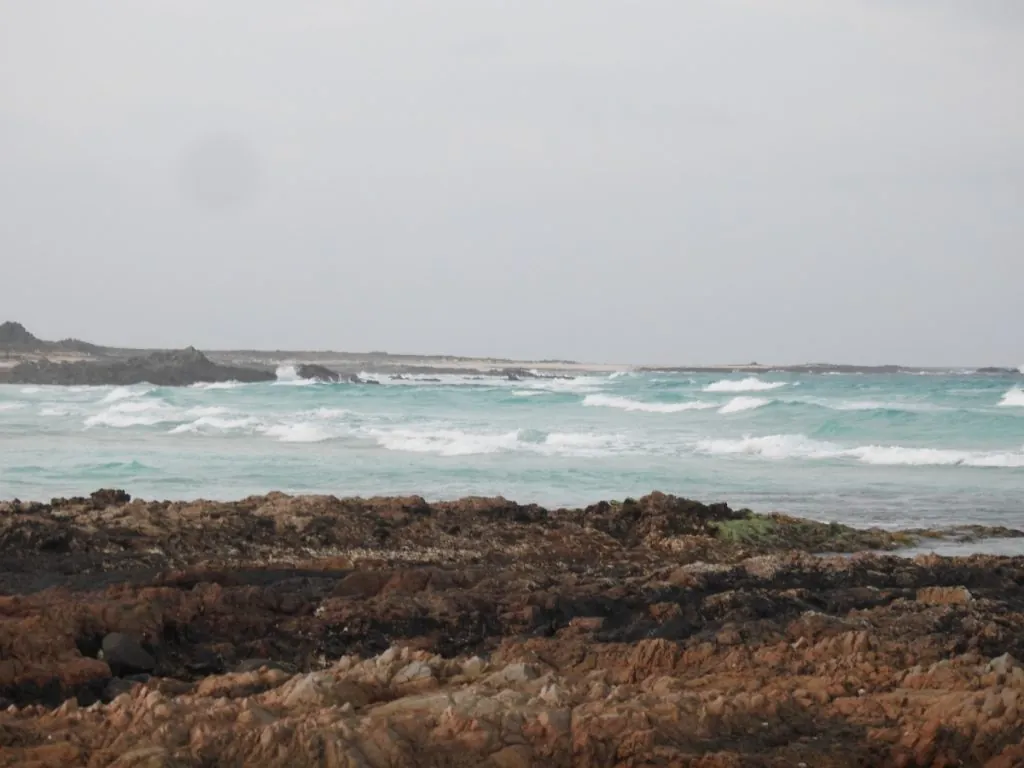
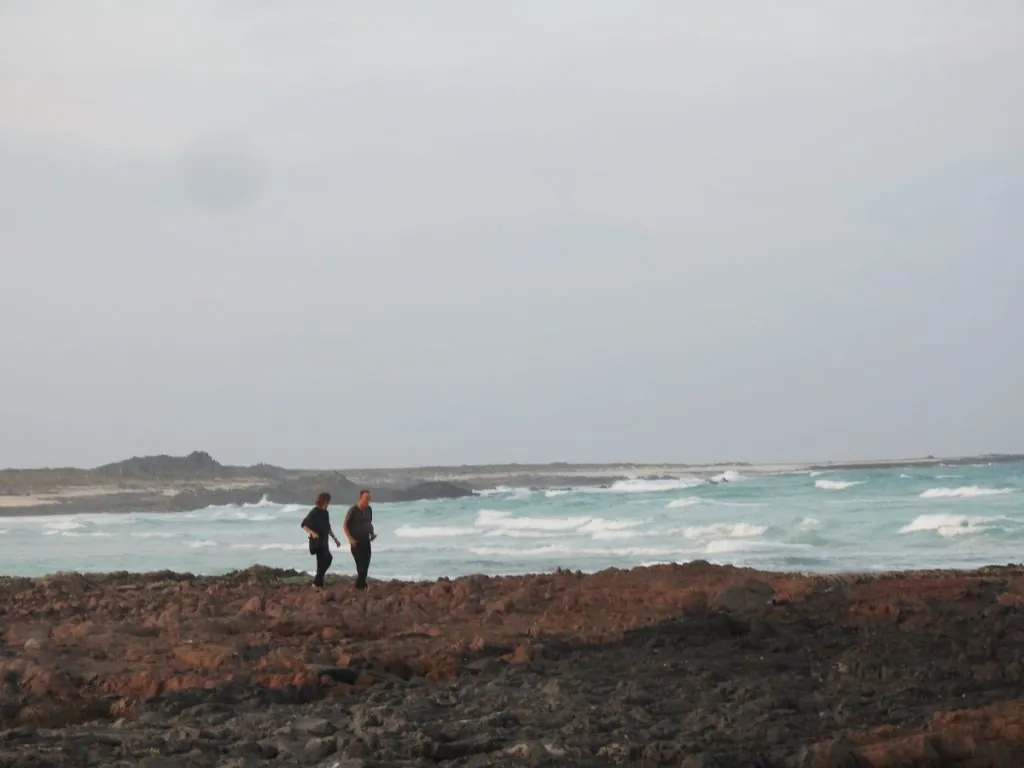
So, gang, who are they?
Kathleen and John from Seattle, in their 50s, the couple who climb mountains and ride camels and volunteer around the world. Kathleen is an epidemiologist, John a veterinarian.
Becky and Tom from England, in their 30s, Becky is a lawyer and Tom a boat builder. Seasoned travellers and sailors.
Bee is a Spanish/Italian 30-something digital nomad who moves around the world.
The SST team consists of drivers, our guide Abdullah, cook and helpers, everything is carefully planned down to the last detail.
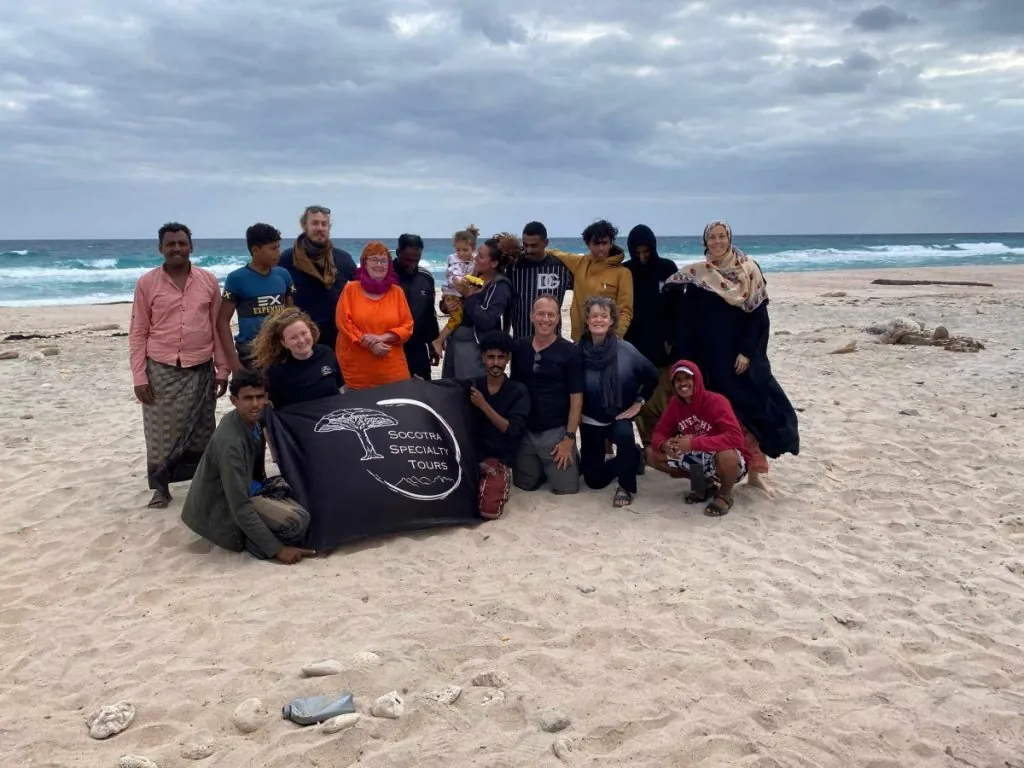
Another fantastic day at Socotra ends with an equally fantastic dinner, looking up at a sky dotted with stars and a new moon that in this part of the world looks like a cradle.
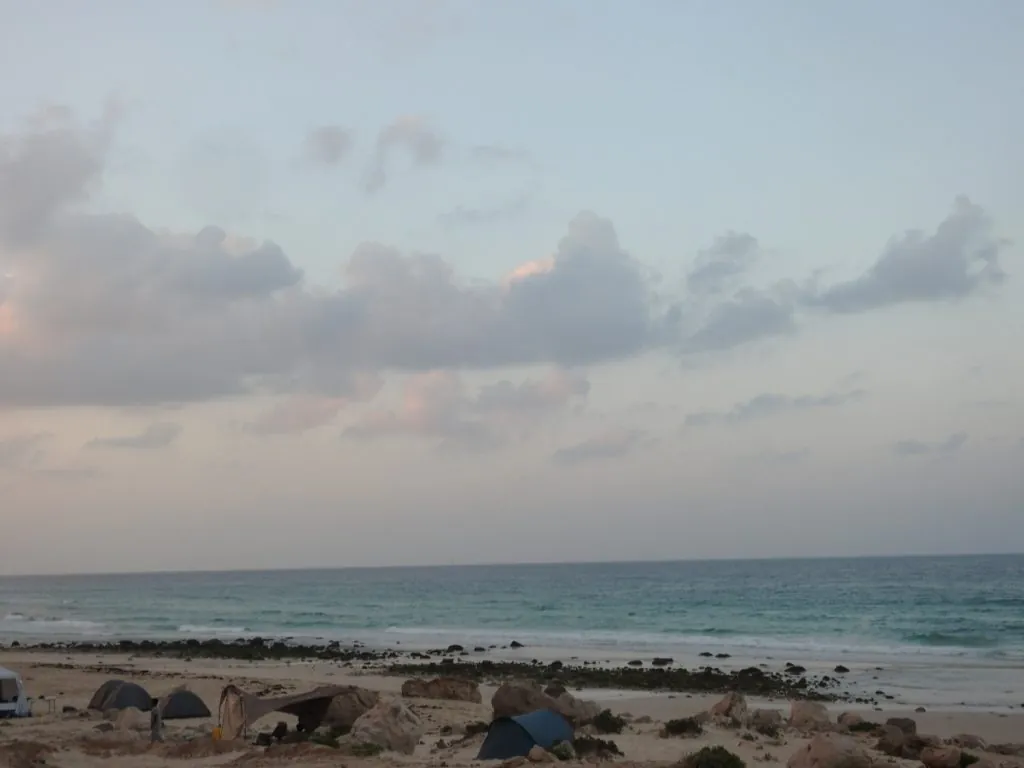
Travelling to Socotra - good to know
- Tour operator: Socotra Specialty Tours, website: https://socotraspecialtytours.com/, Instagram: @sstours.socotra
- Get there: Flights Abu Dhabi-Socotra Air Arabia around 900 dollars. SST is best to book the ticket as they are not easy to book yourself. Flights 2 times a week. Flight Cairo-Socotra is a less reliable flight.
- Entry rules: Visas are required, SST will organise this.
- Vaccine/care: Hospitals exist but only for basic care. Basic vaccine. Malaria and rabies do not exist.
- Insurance: UD advises against travelling to Yemen = difficult to insure, I used Safety wings.
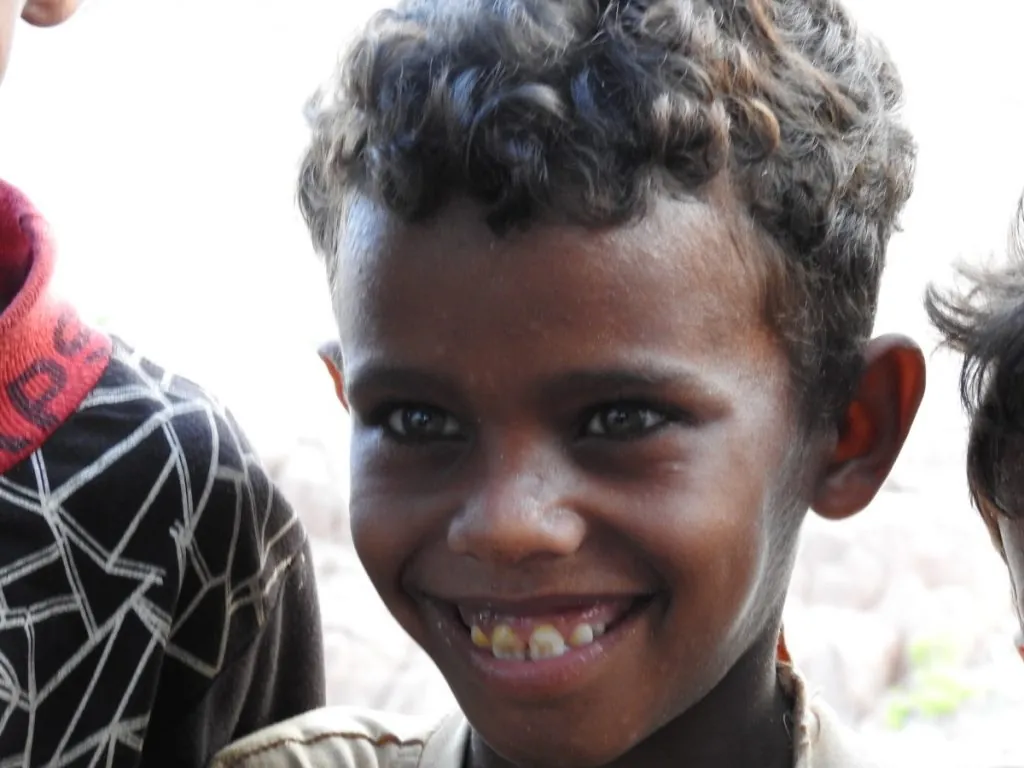
Facts about Socotra
- Country: Socotra belongs to Yemen.
- Size: Socotra is about the size of a narrow island of Öland.
- Residents: Total population is around 70 000.
- Main location: Hadibo with around 10 000 inhabitants,
- Religion: Islam
- Language: Soqotri and Arabic
- Practical: Poor infrastructure, expect days without grid access, running water and electricity.
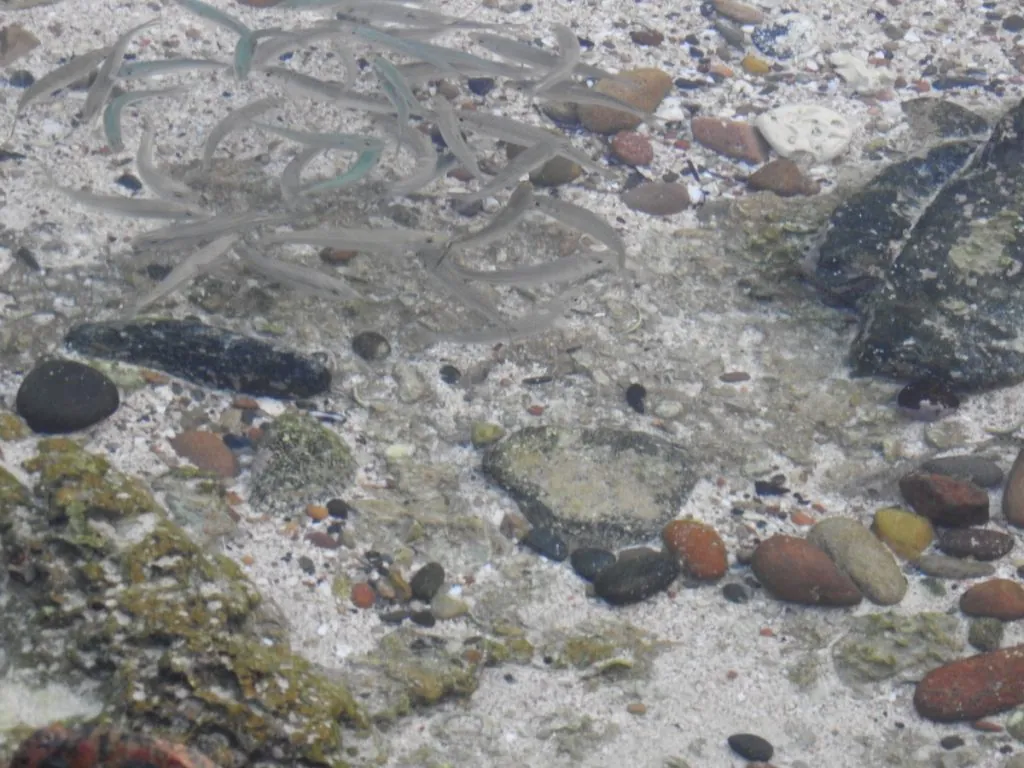


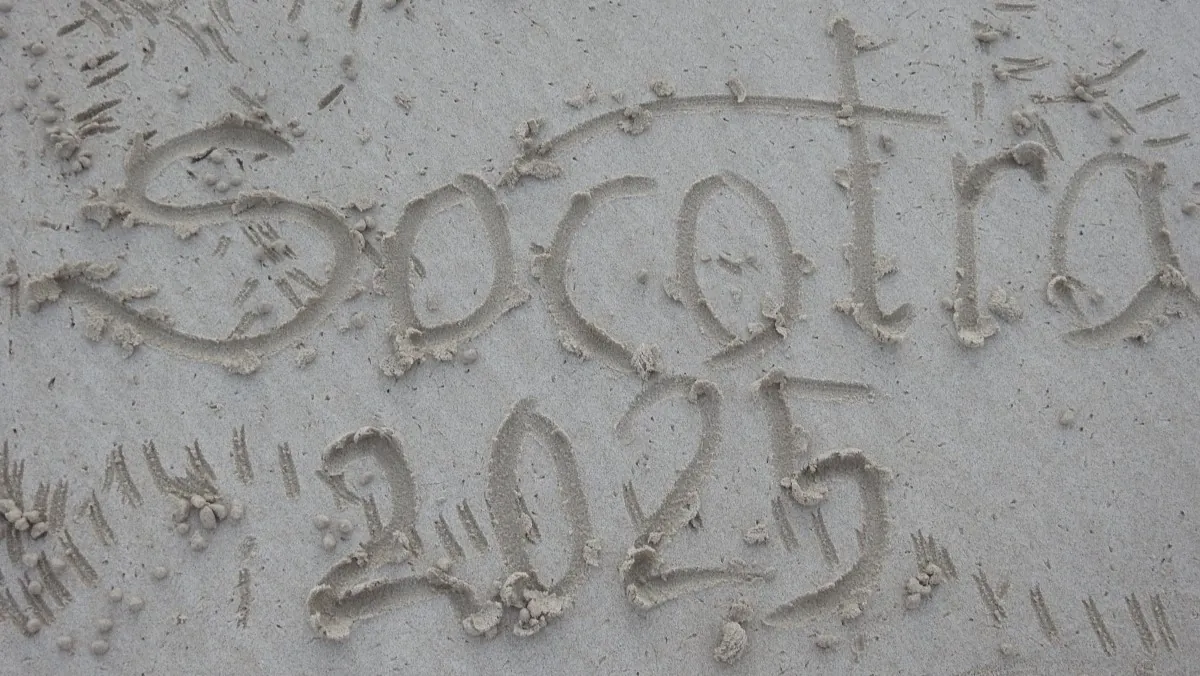







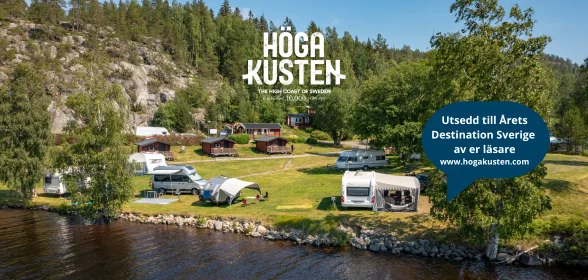


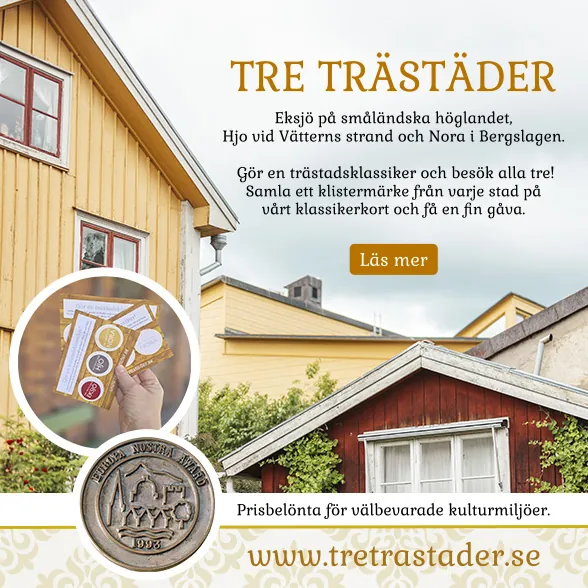
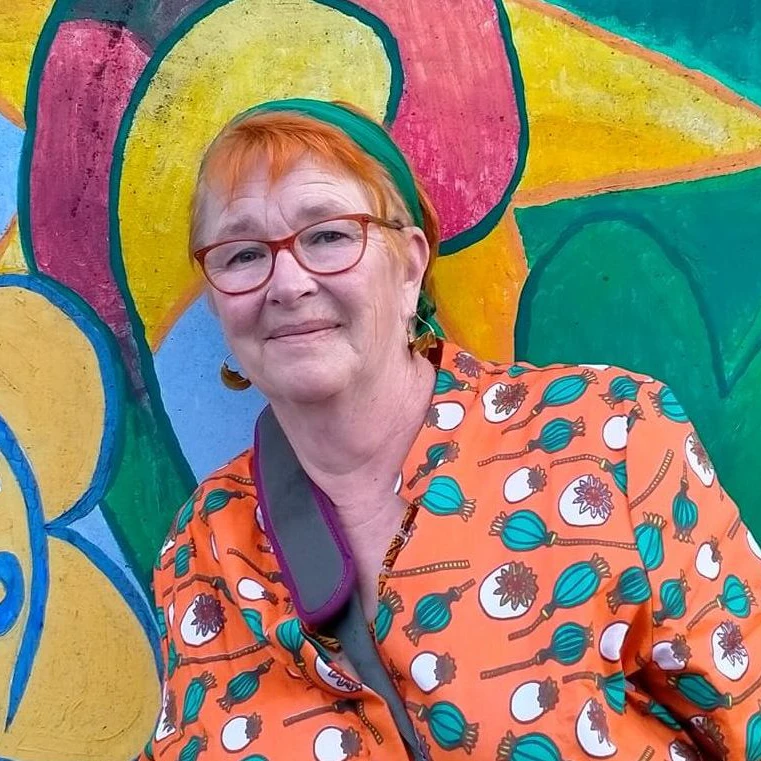
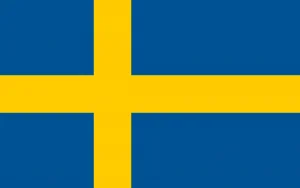

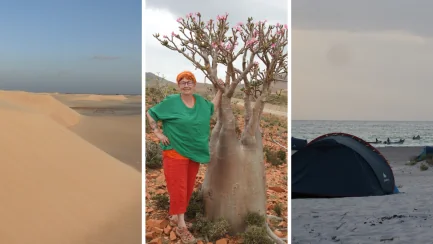
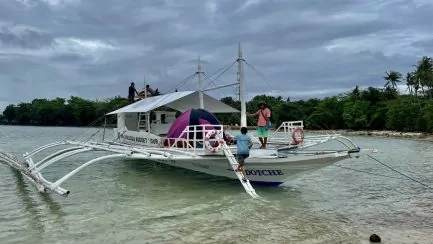
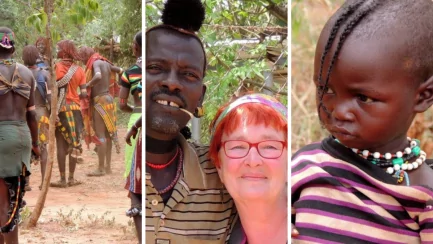
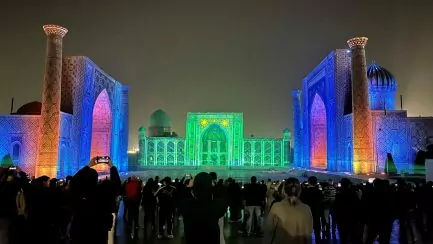
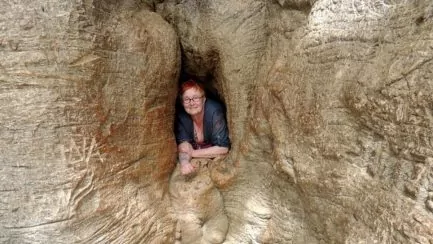



Madde says:
So cool to do what not everyone else does. Fun reading with everything you share with you.
21 January 2025 - 6:38
Anna Nilsson Spets says:
Thanks Madde, glad you are reading.
21 January 2025 - 7:23
Jonathan says:
Exciting reading, had some plans to go there when I lived in Abu Dhabi but let it be for it with the advice.. fun to see pictures. People must live very poorly as I understood it and seems to lack jobs... big difference from Oman and UAE thus...
21 January 2025 - 8:06
Anna Nilsson Spets says:
The discouragement is there ff, but the conflict is on the mainland, unfortunately the UD pulls everything under the same comb. Socotra is peace itself... Yes, it is poor, but the clans help each other and aid is received from the UAE. Go, it's amazing.
21 January 2025 - 9:43
Netti Starby says:
Wow what an exciting journey and to experience how the people live there. Hugs
21 January 2025 - 11:22
Anna Nilsson Spets says:
Yes they live a different life, so far from my own.
Thank you for reading.
21 January 2025 - 13:58
Ditte says:
What a journey! Incredible to share your cool pictures and exciting and rewarding experiences here on "Freedoms blog". Just to visit such a unique destination gives extra clearly much of everything.
Many thanks for sharing so generously.
(Usually read your posts here and appreciate them very much)
21 January 2025 - 12:20
Anna Nilsson Spets says:
It really is a unique place and I hope it remains so.
Glad you appreciate what I write, thank you.
21 January 2025 - 13:59
Renate's travels says:
Such exciting reading! Socotra is high on my wish list, but due to the high price of a trip there, it's been a long time coming... but hopefully soon! 😍
21 January 2025 - 12:37
Anna Nilsson Spets says:
You just have to do it...
If you check SST, they have a good price. I also never have a big budget when I travel.
Thank you for reading.
21 January 2025 - 14:00
Marianne Cargus says:
What a fantastic and exciting trip to a place completely different from the usual. How hospitable the residents are and the kids are wonderful with their curiosity,
21 January 2025 - 14:51
Anna Nilsson Spets says:
Yes it was very exciting, really out of the box. The children are fantastic. Thanks for reading
21 January 2025 - 15:58
Hanna's crib says:
What an exciting journey and what a different life they lead.
21 January 2025 - 15:15
Anna Nilsson Spets says:
Yes they live so completely different to us, but this is their everyday life that I had the honour to see. Thank you for reading
21 January 2025 - 15:59
BP says:
Absolutely wonderful pictures from a great adventure. You probably had more fun with the islanders and kids than inside a cave. I mean if you've seen one cave, you've seen them all as my husband likes to say.
And the whale vertebrae from the spine reminded of a sports aircraft with unfolded landing gear;-)
The children - was it late afternoon that you met them. I mean are there schools on the island?
The food with fish and squid and the dish of rice is dreamy in my eyes. There are no amenities (apart from the barbecue I suppose), like TV, radio, computers.
But you're right - the people there might be happier than those living in a big city with 24/7 internet access.
PS. You are the only person of colour in your group! Congratulations! DS.
21 January 2025 - 16:59
Anna Nilsson Spets says:
Hi BP, haha, I saw that I was the only colourful one ! But don't think I even own any dark coloured garments.
Sure, there are probably TVs and computers in the city or some large village, but in the countryside it is doubtful. The children go to school. Thank you for being my loyal reader
21 January 2025 - 18:52
bmlarstravellingblog says:
What a wonderful travelogue from an island I had never actually heard of. Although they live poorly it looked like they had it good in other ways. Often it is the meetings with locals that are the great benefit of a trip so I don't think you missed much, maybe the opposite. Then the food seems to be worth a chapter of its own. it looks absolutely wonderful. Thanks for another great post from a place far from the beaten track!
21 January 2025 - 18:32
Anna Nilsson Spets says:
Thank you !
People have different views on quality of life as you know... The people at Socotra were extremely friendly and sociable. And the food.... considering we never had a real kitchen, it was world class.
21 January 2025 - 18:55
Annie Jansson says:
So exciting to read. Had never heard of that island either 🙂
Cool pictures and so fun with photos of the kids 🙂
Hugs
21 January 2025 - 20:58
Anna Nilsson Spets says:
Thank you for reading, the children were wonderful
22 January 2025 - 5:58